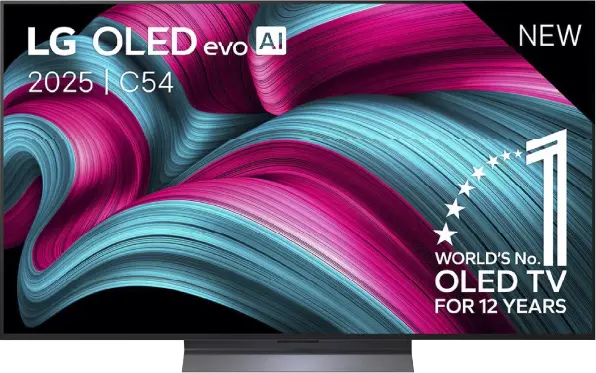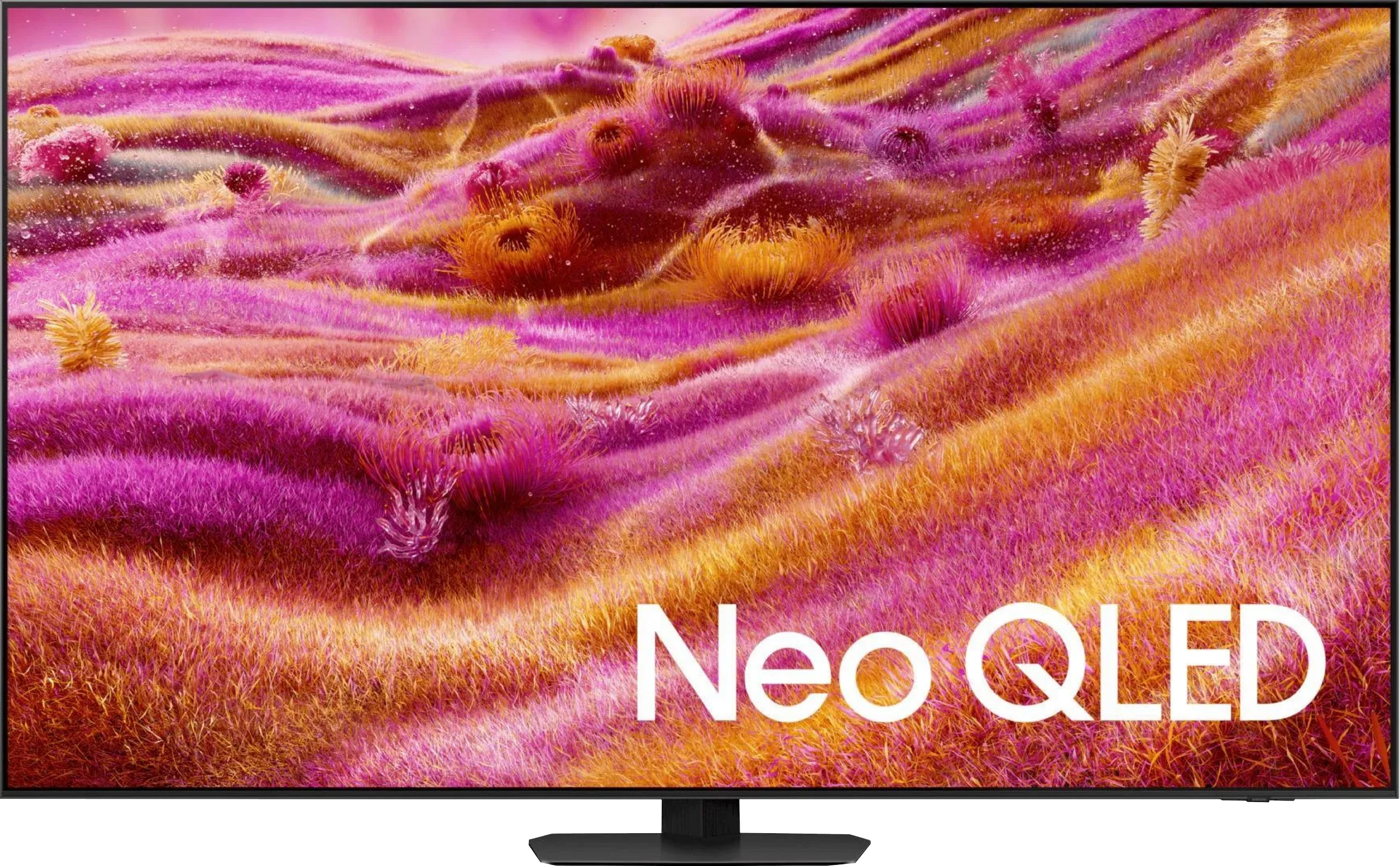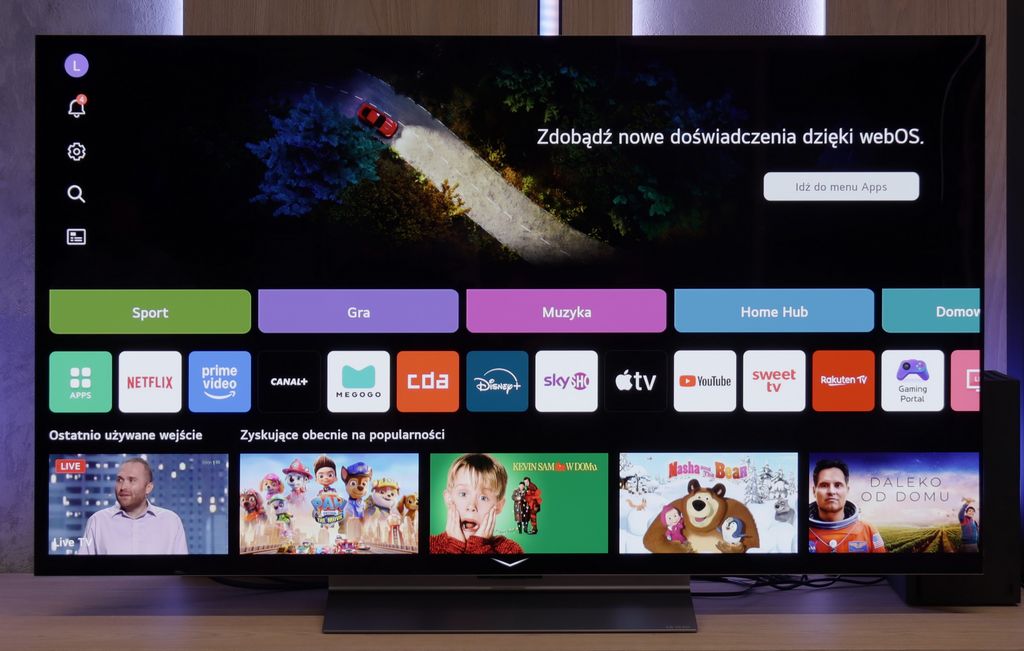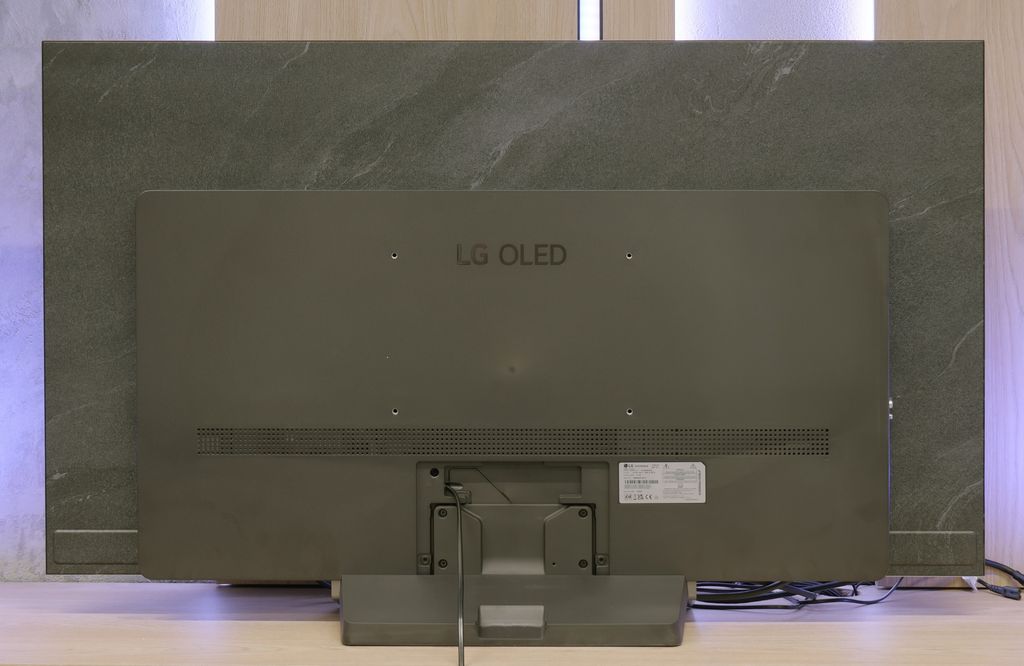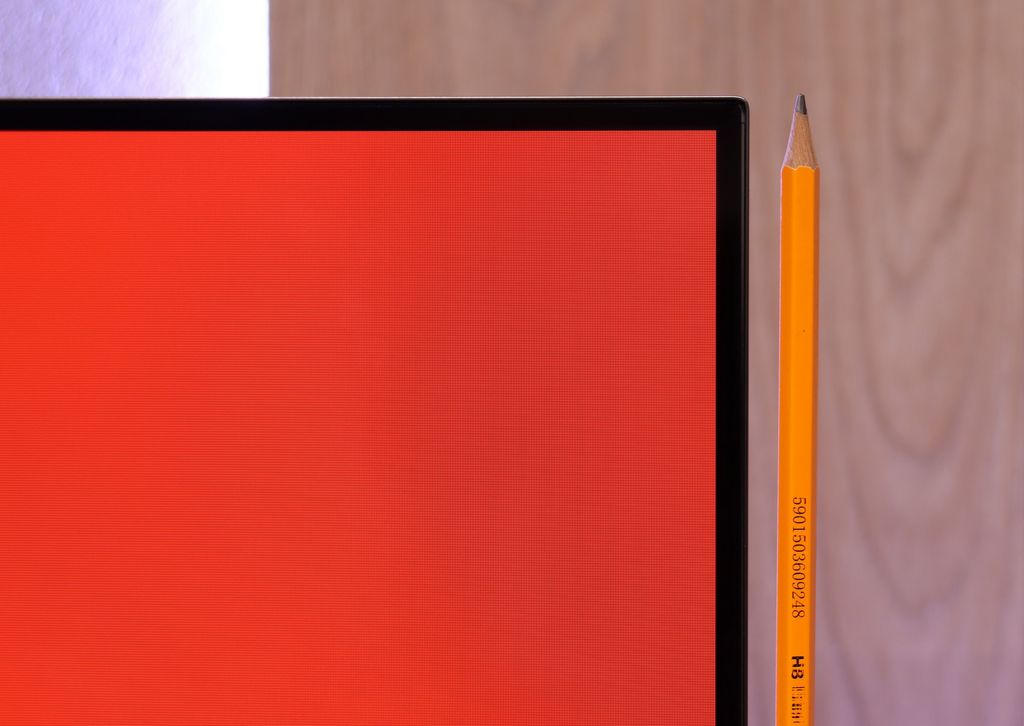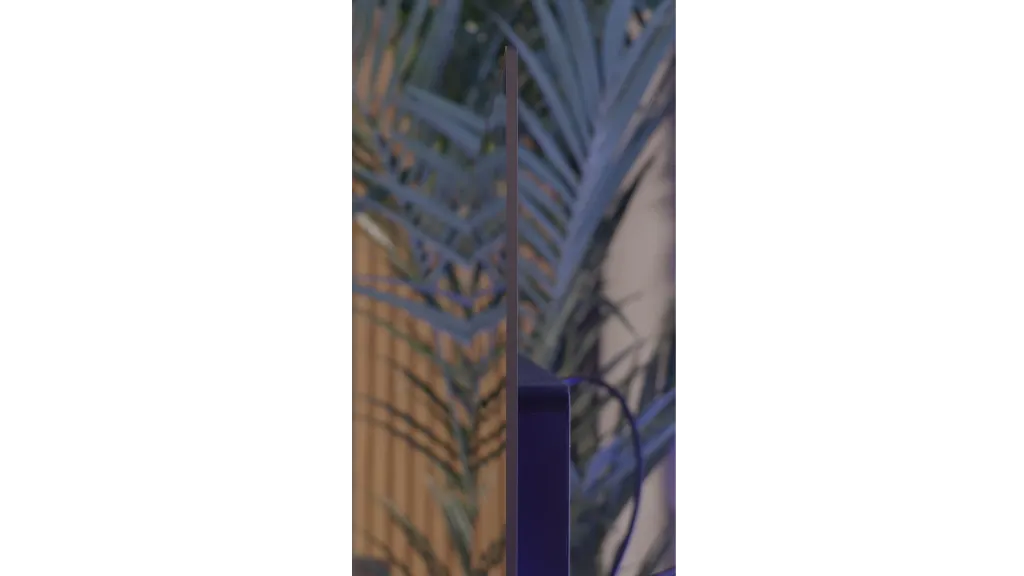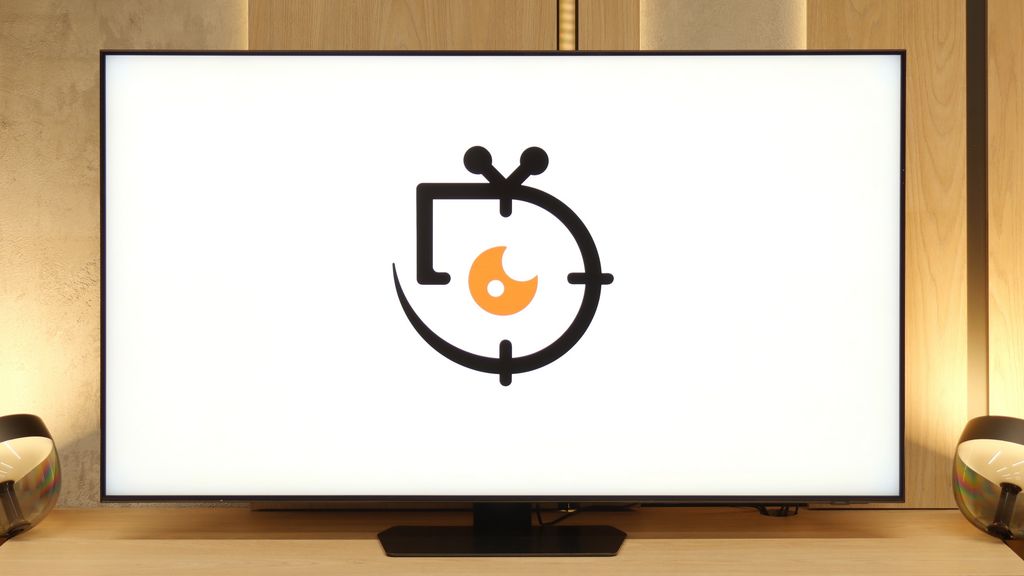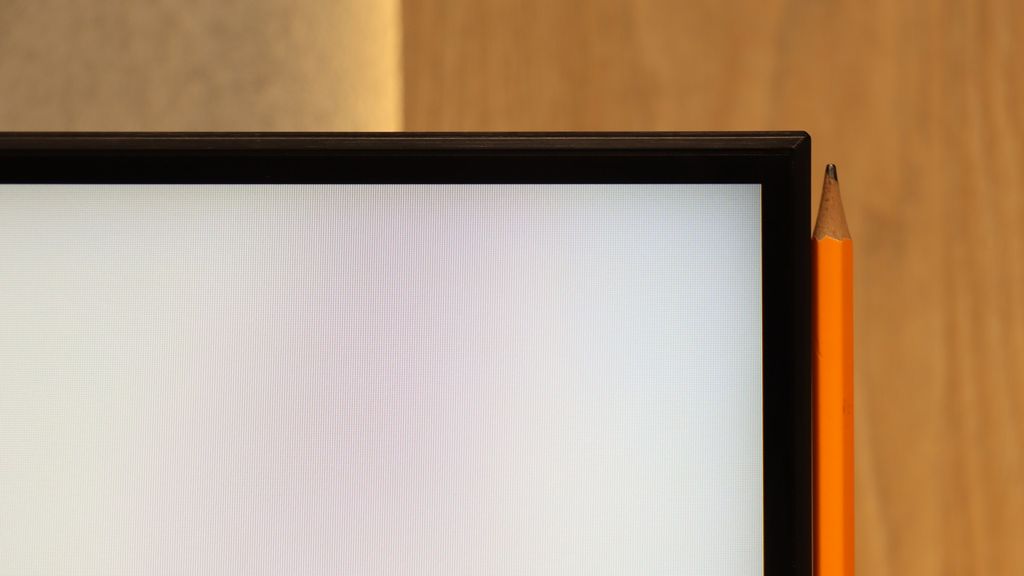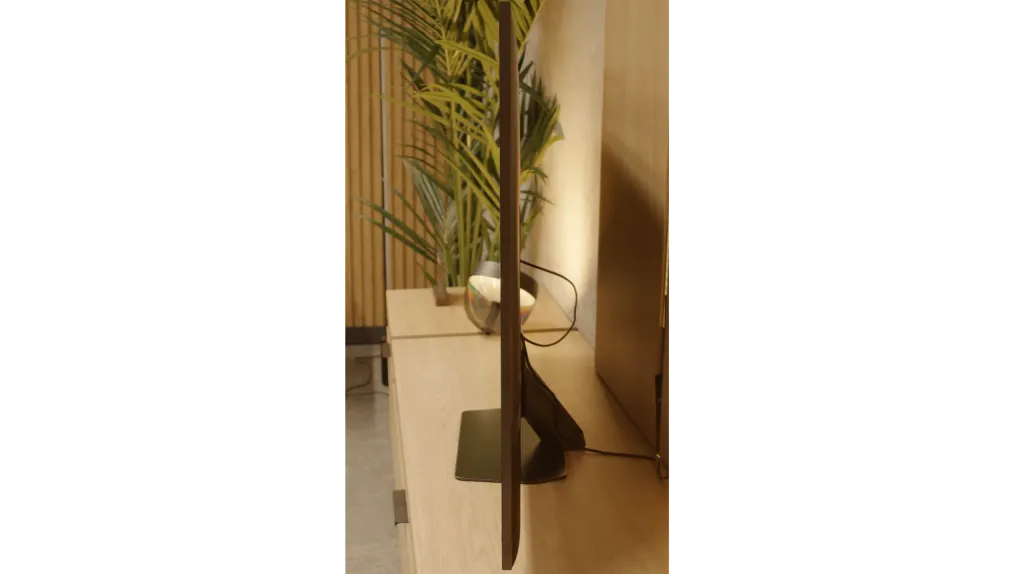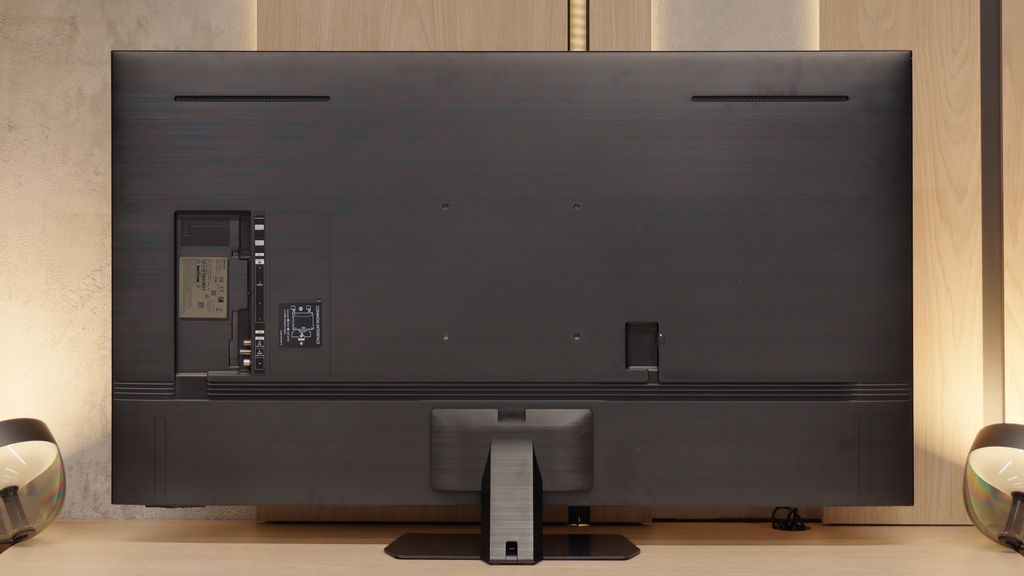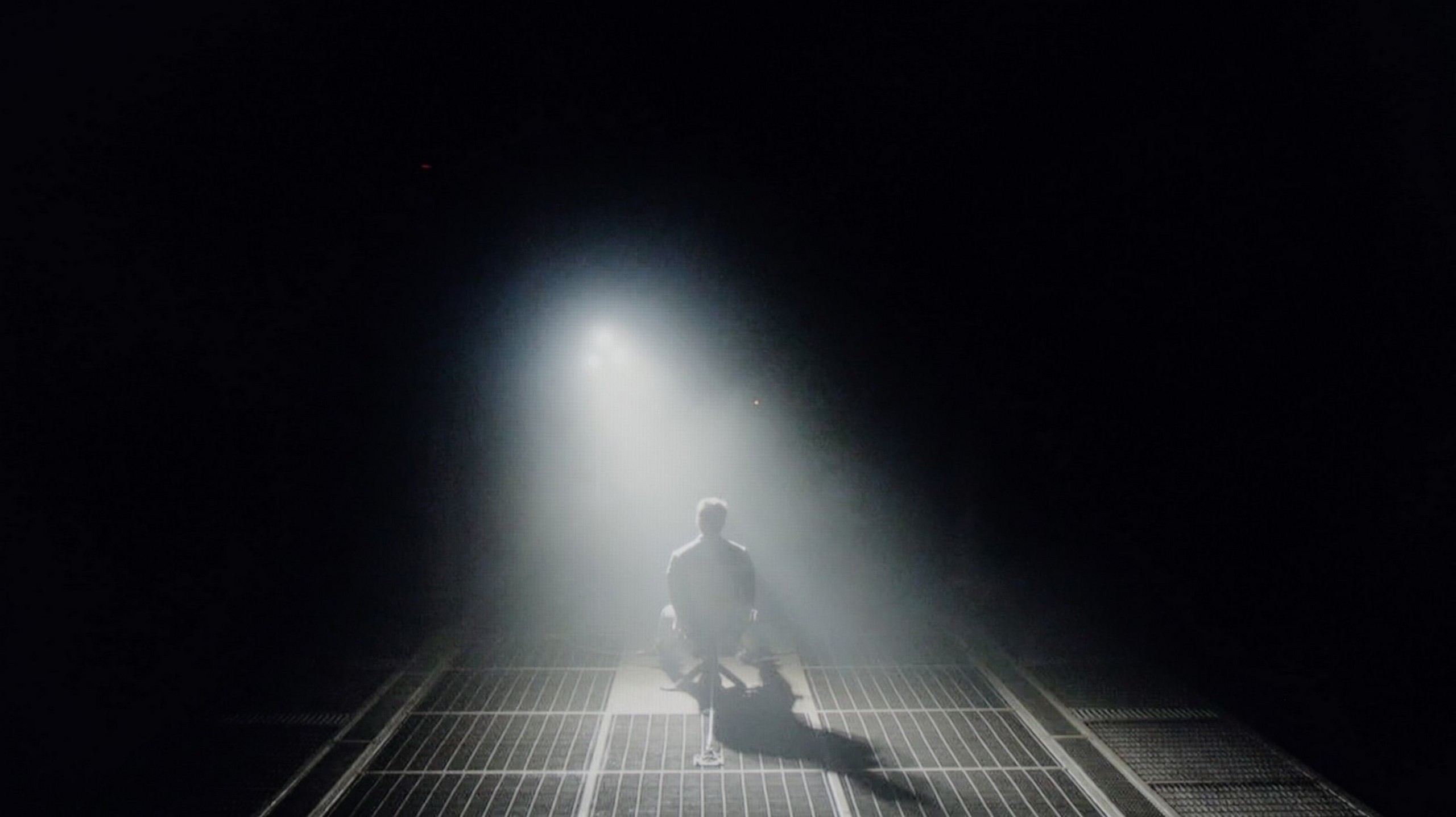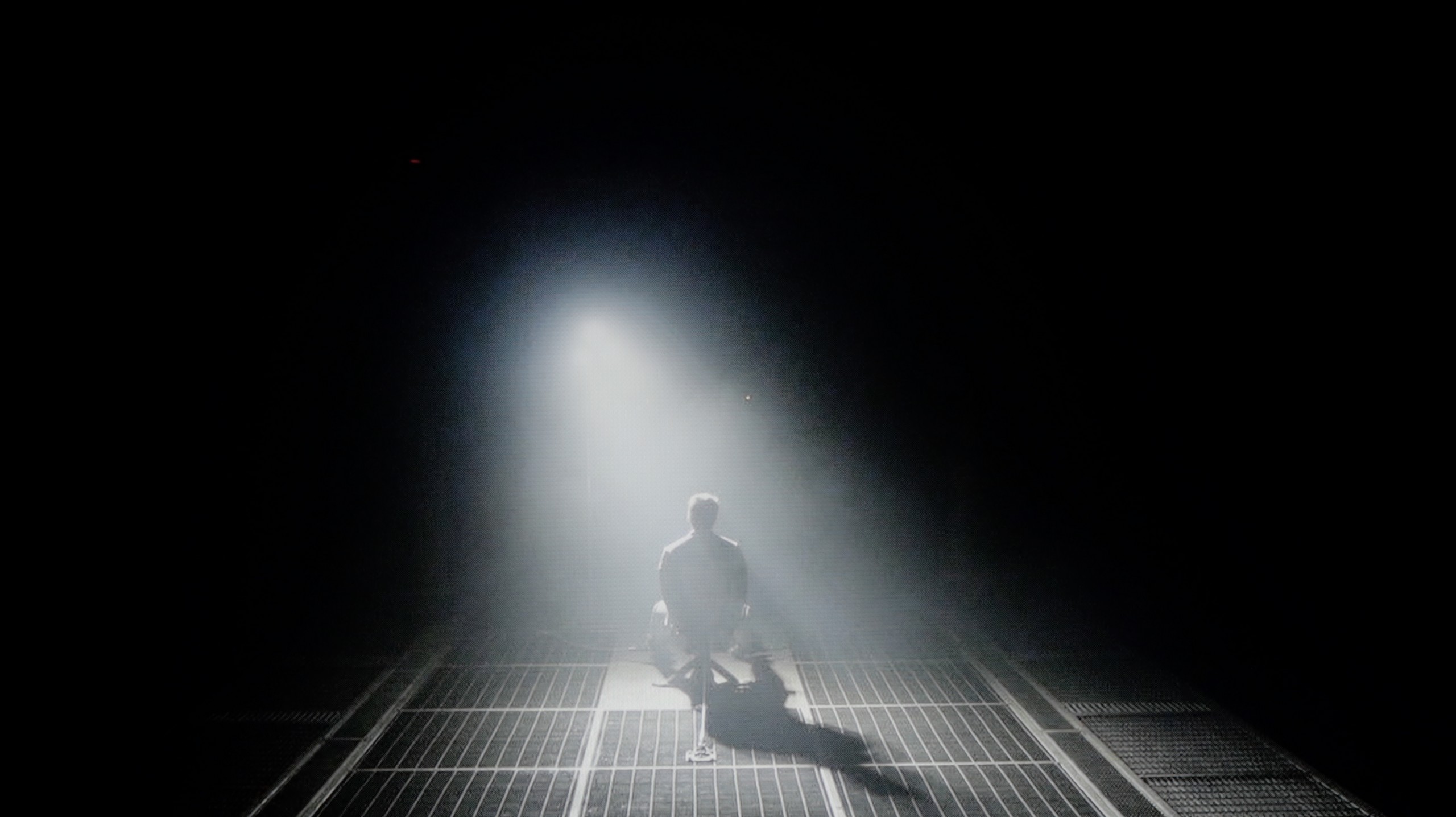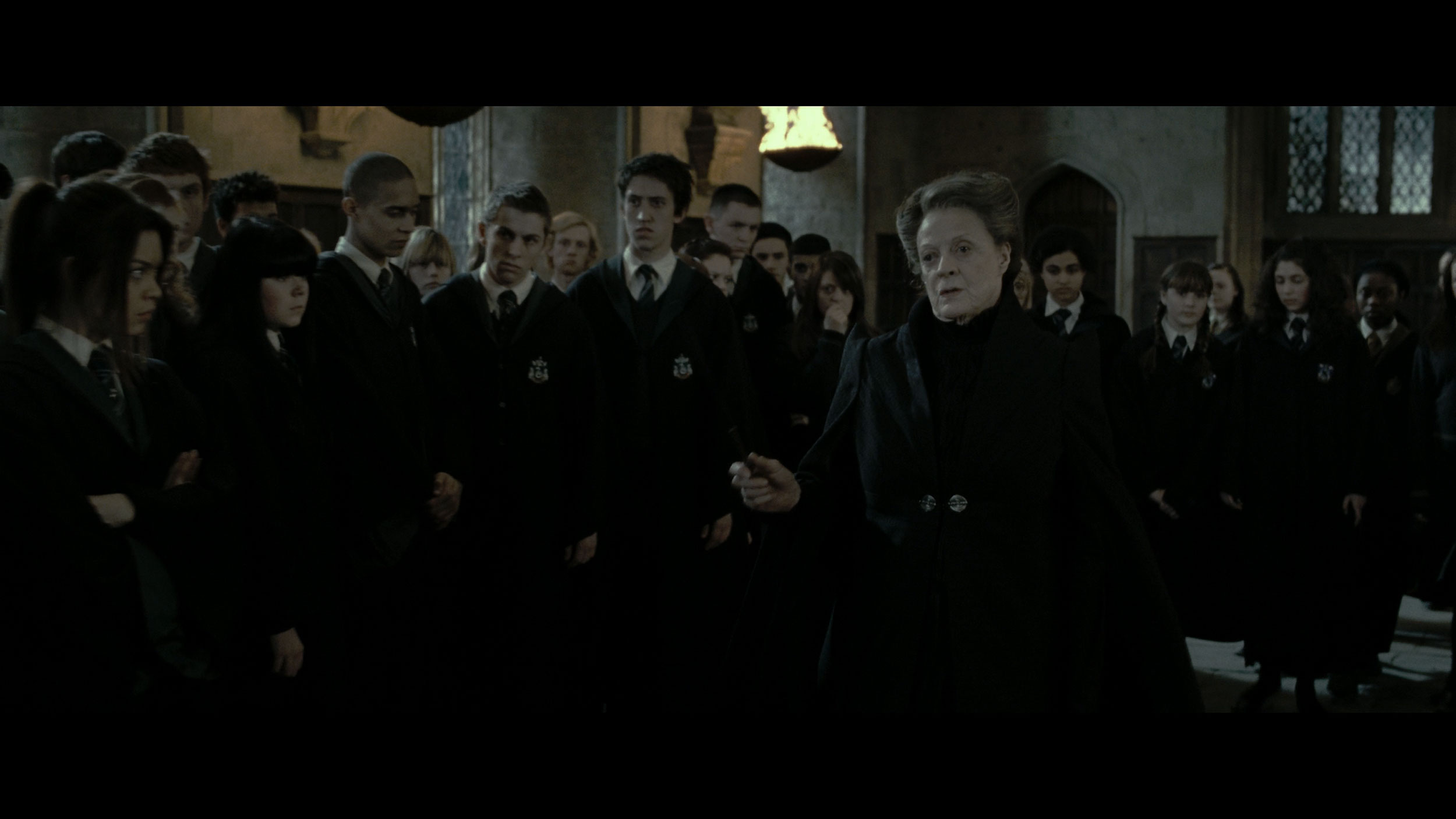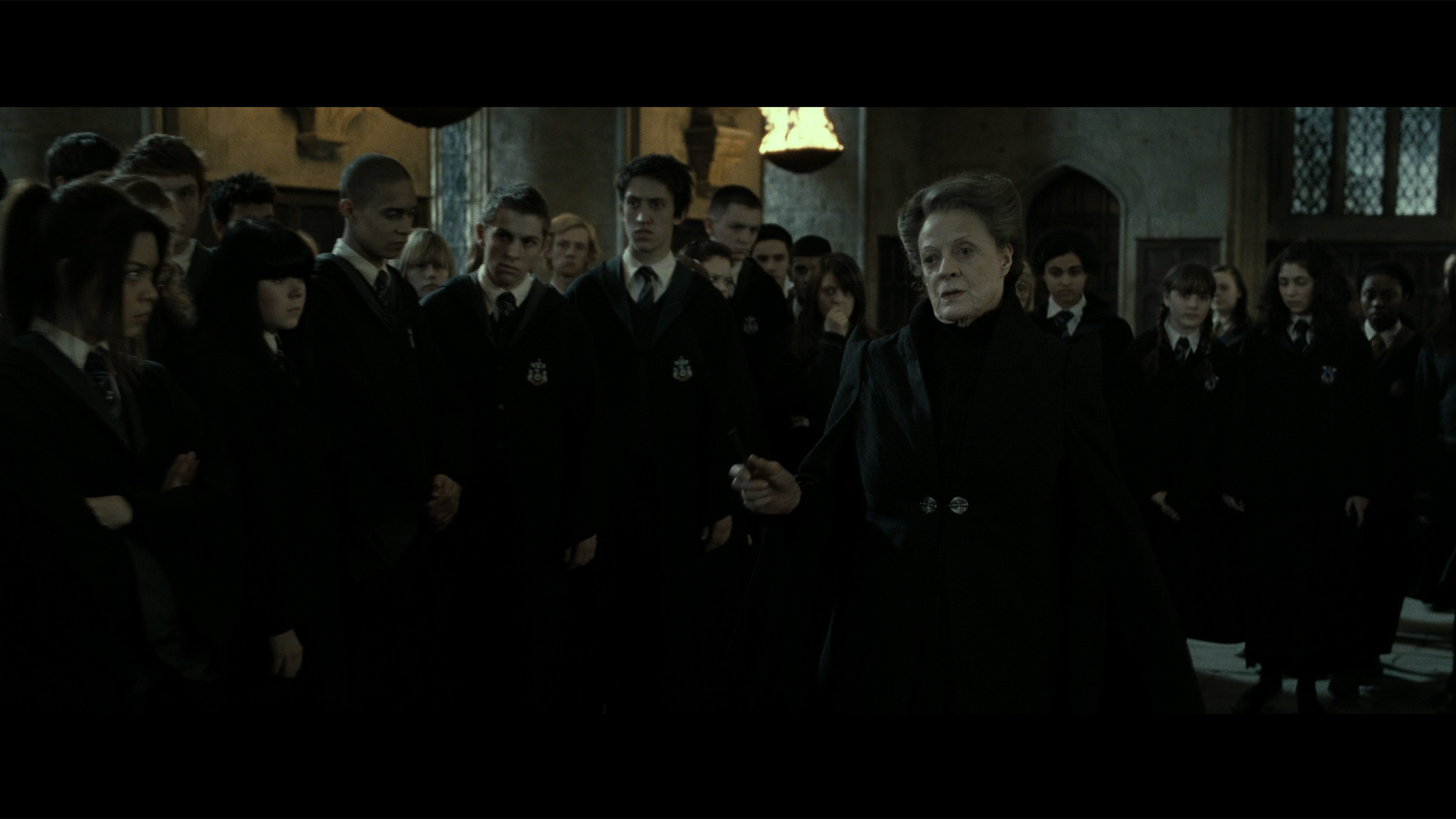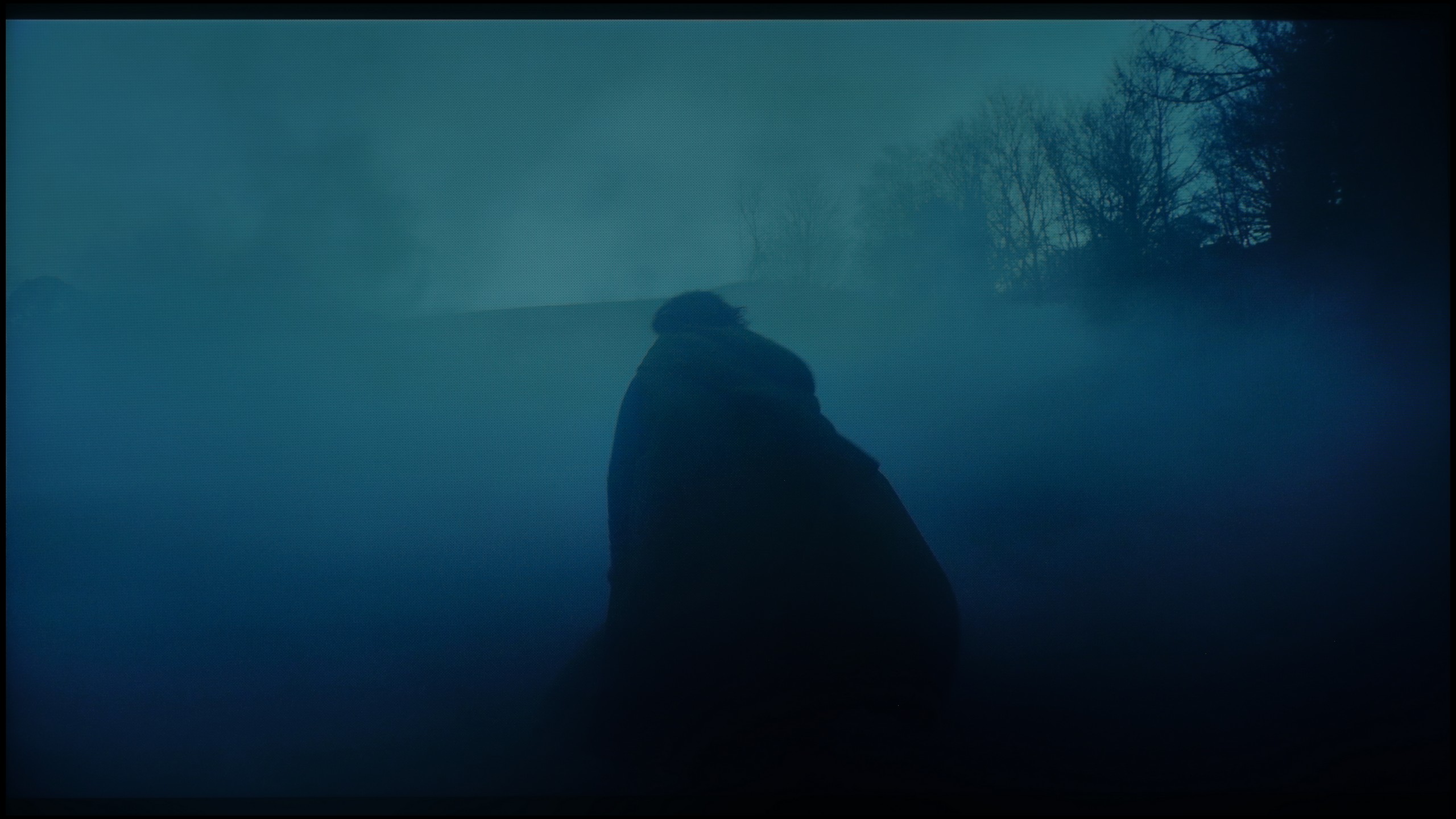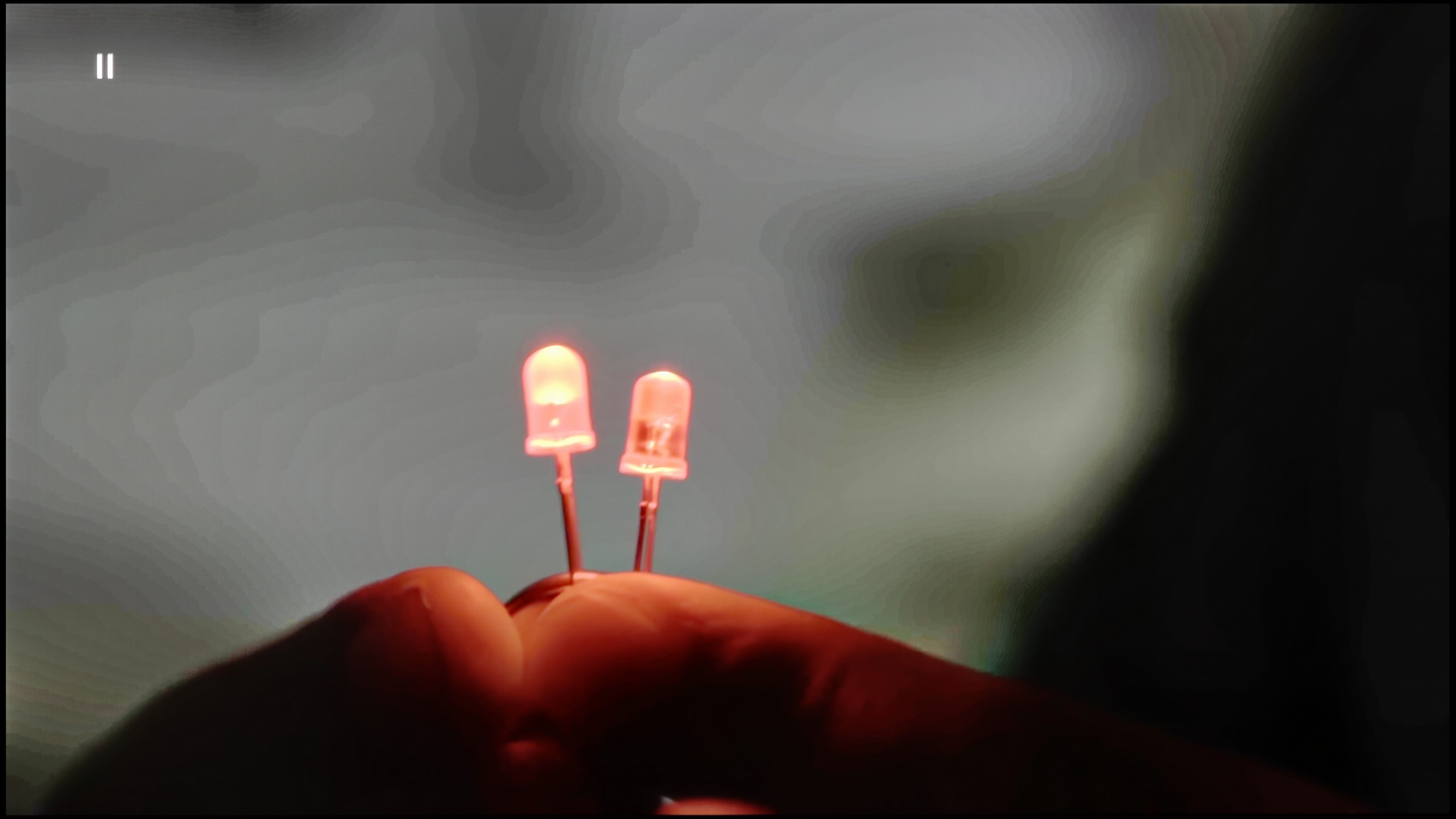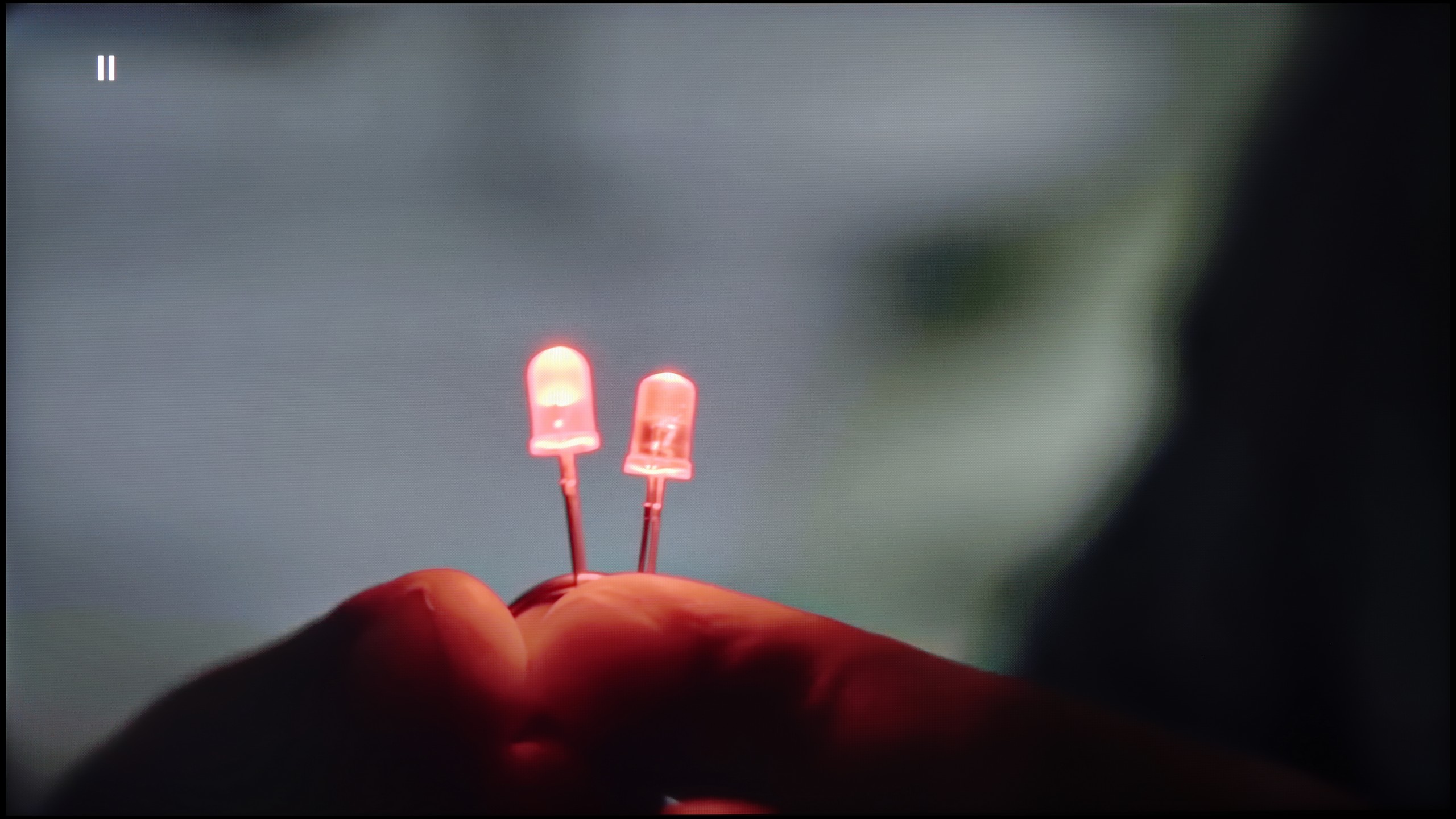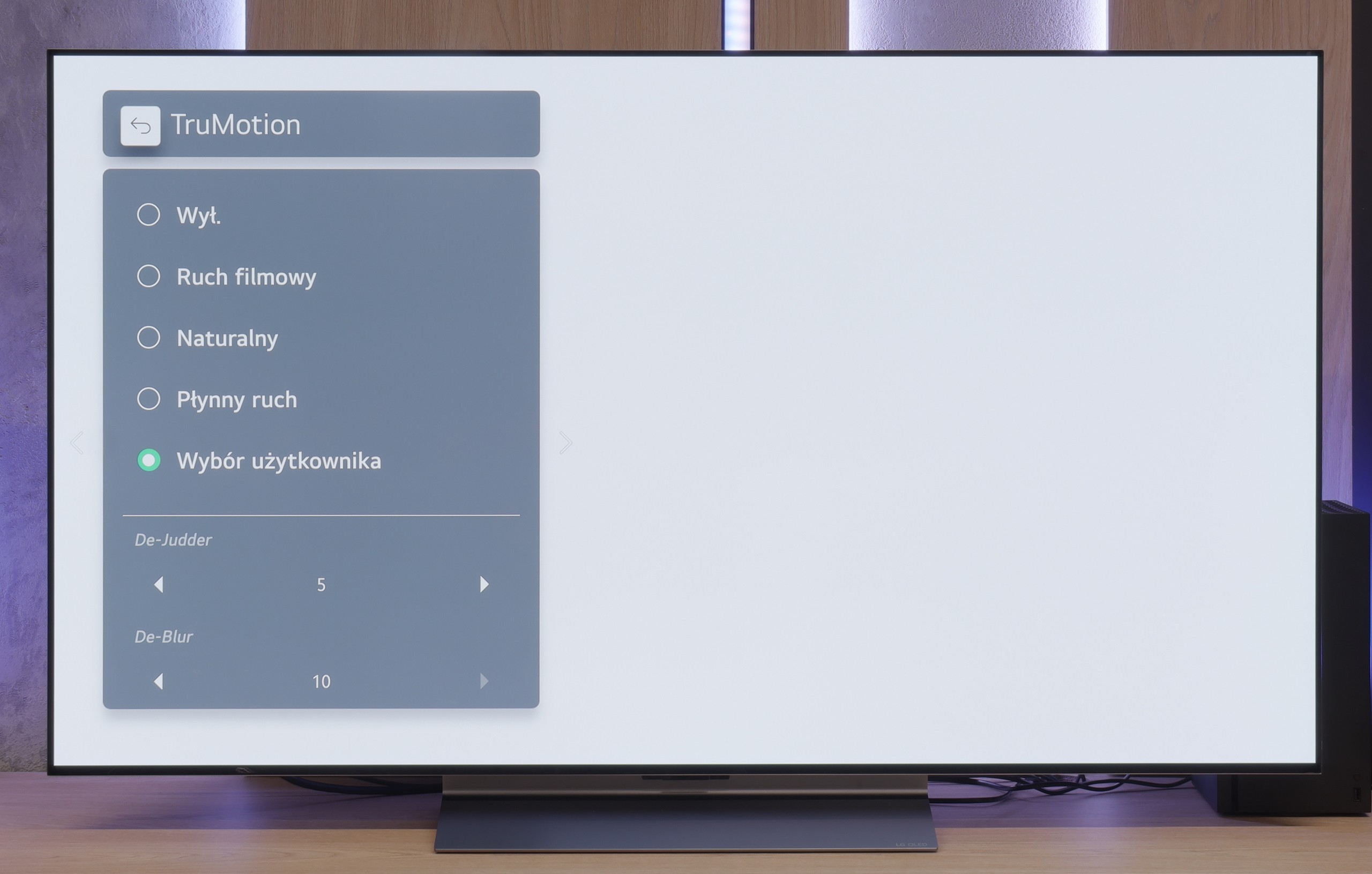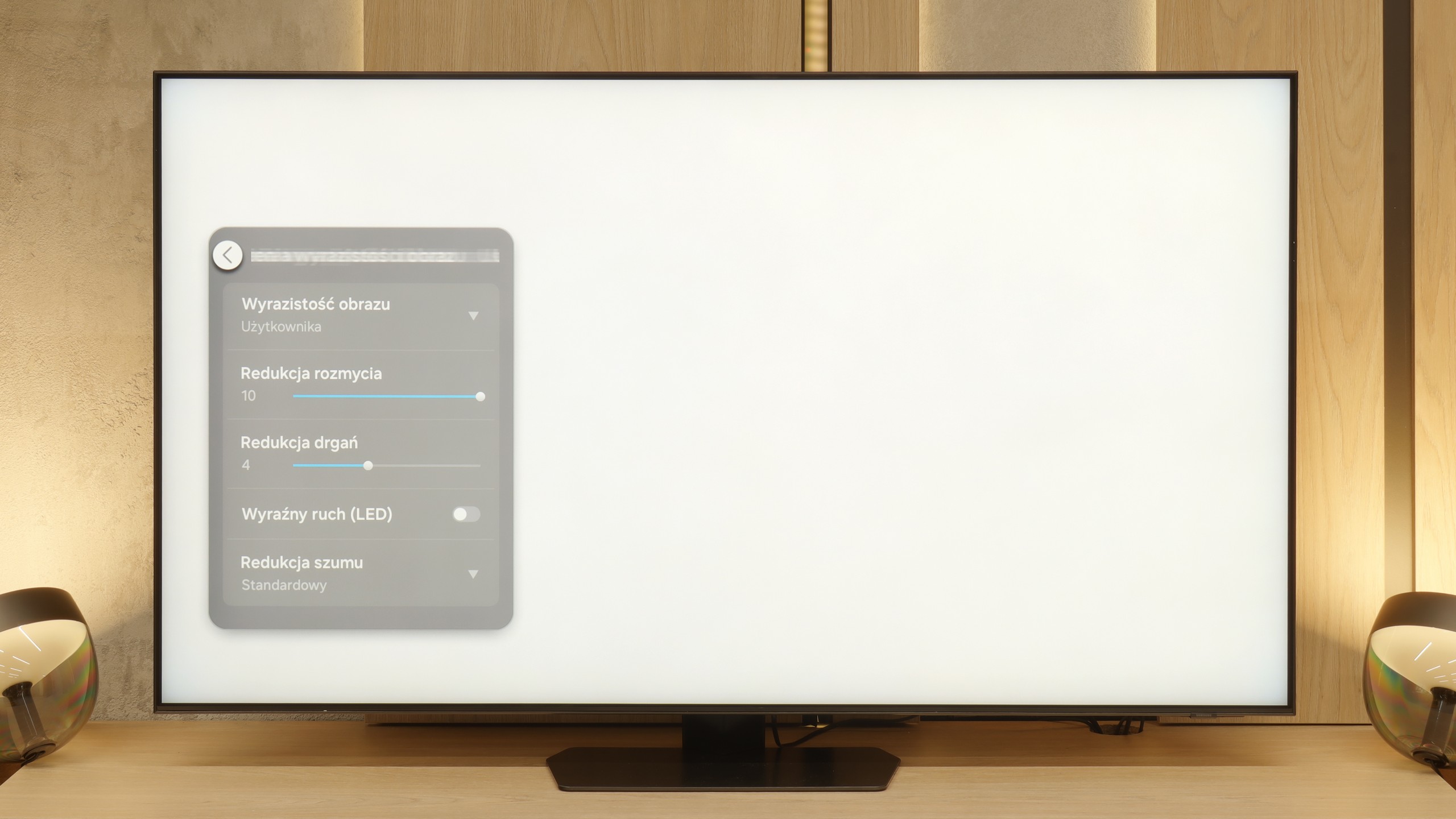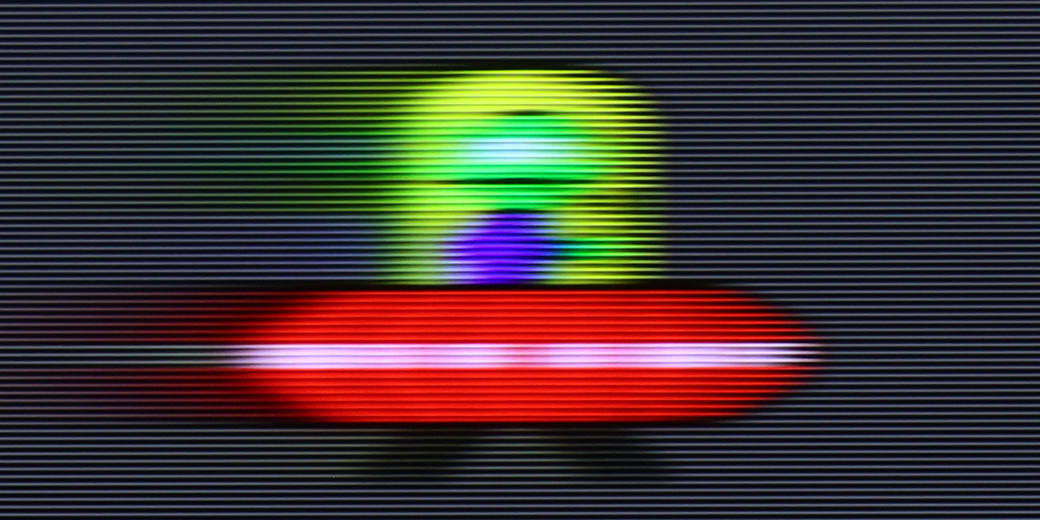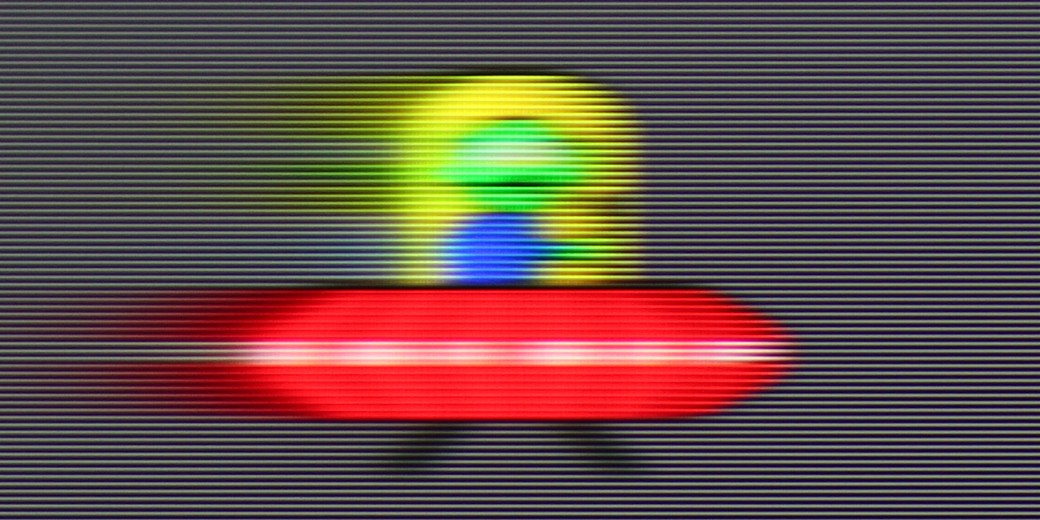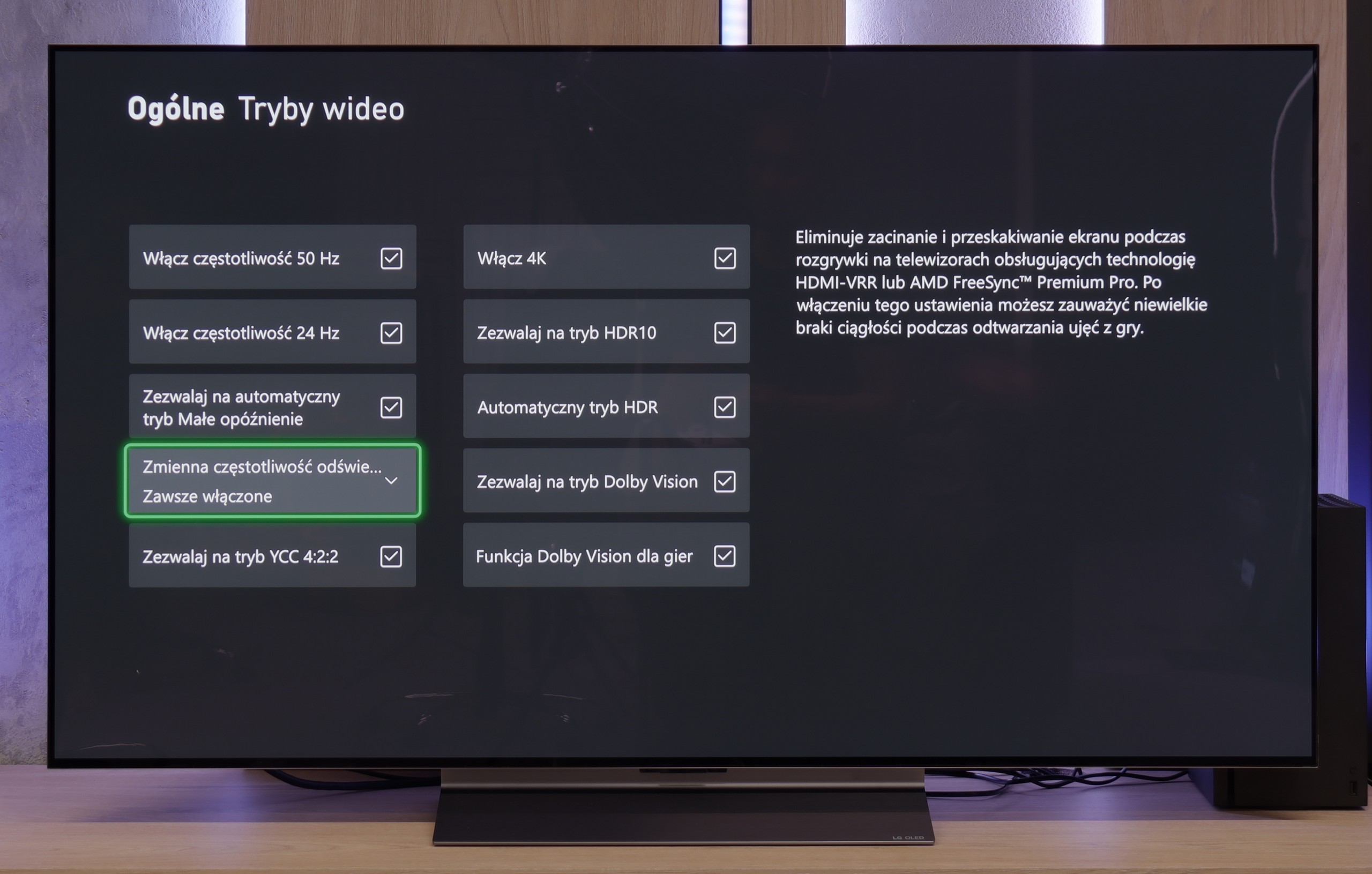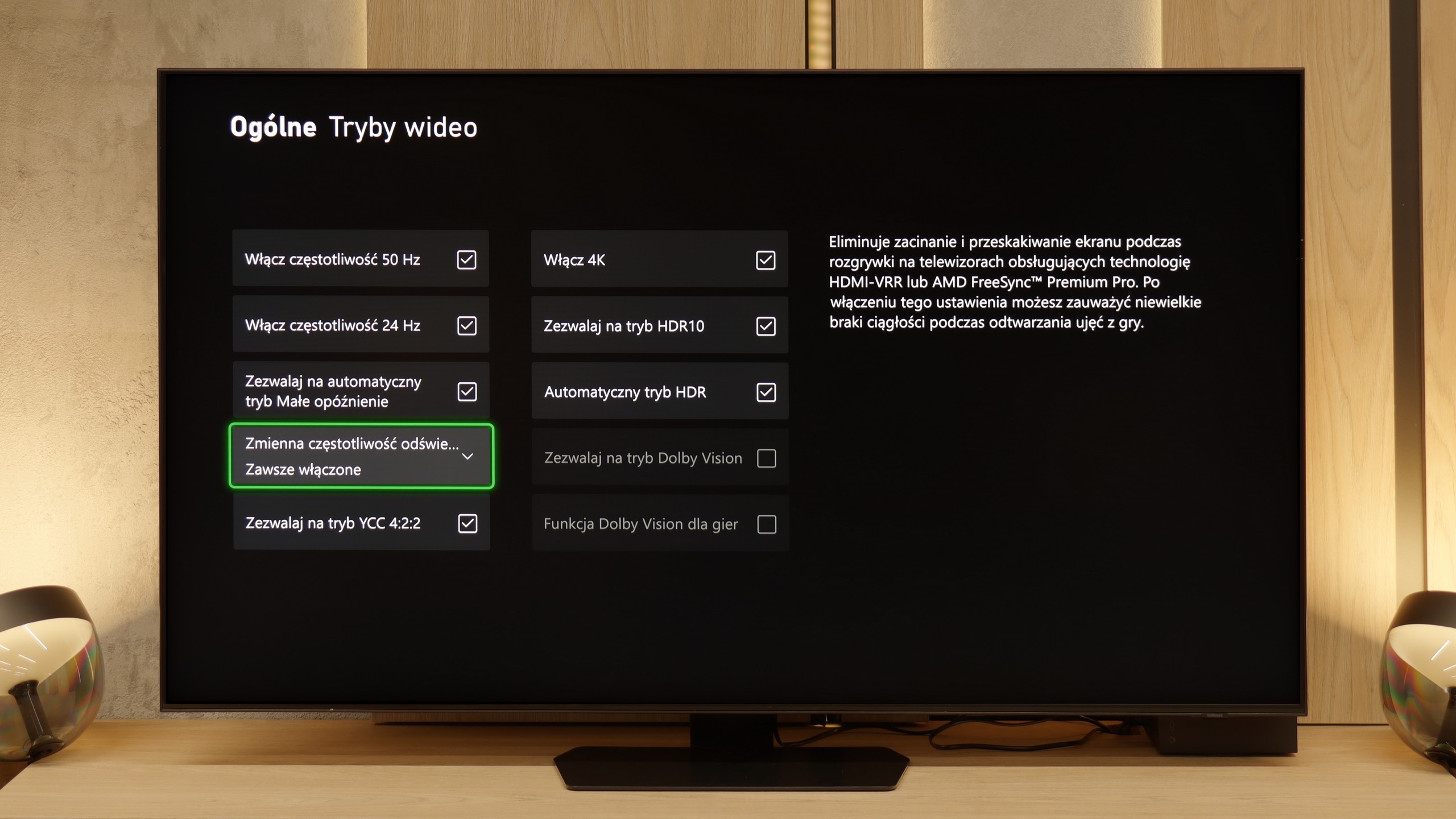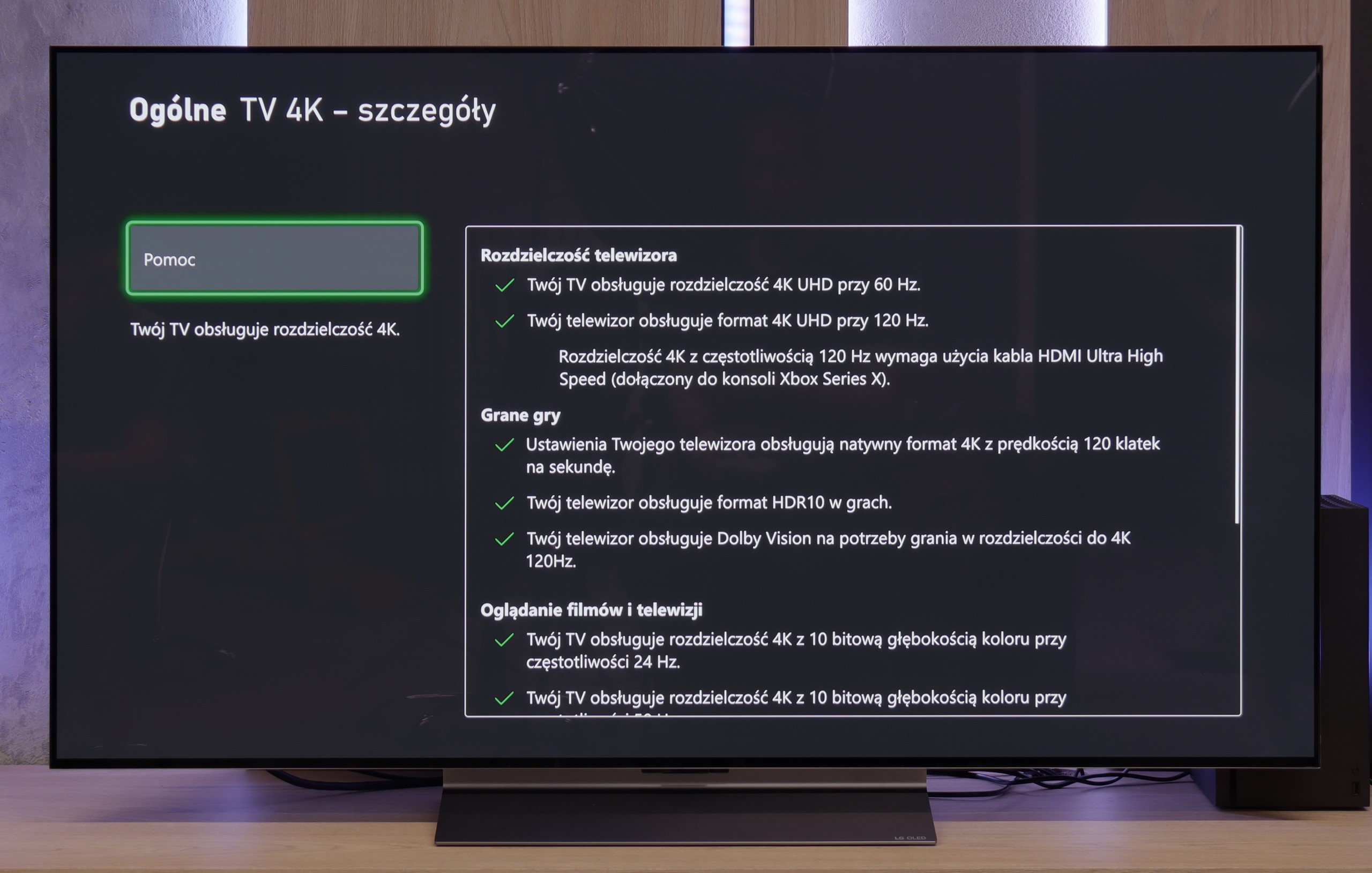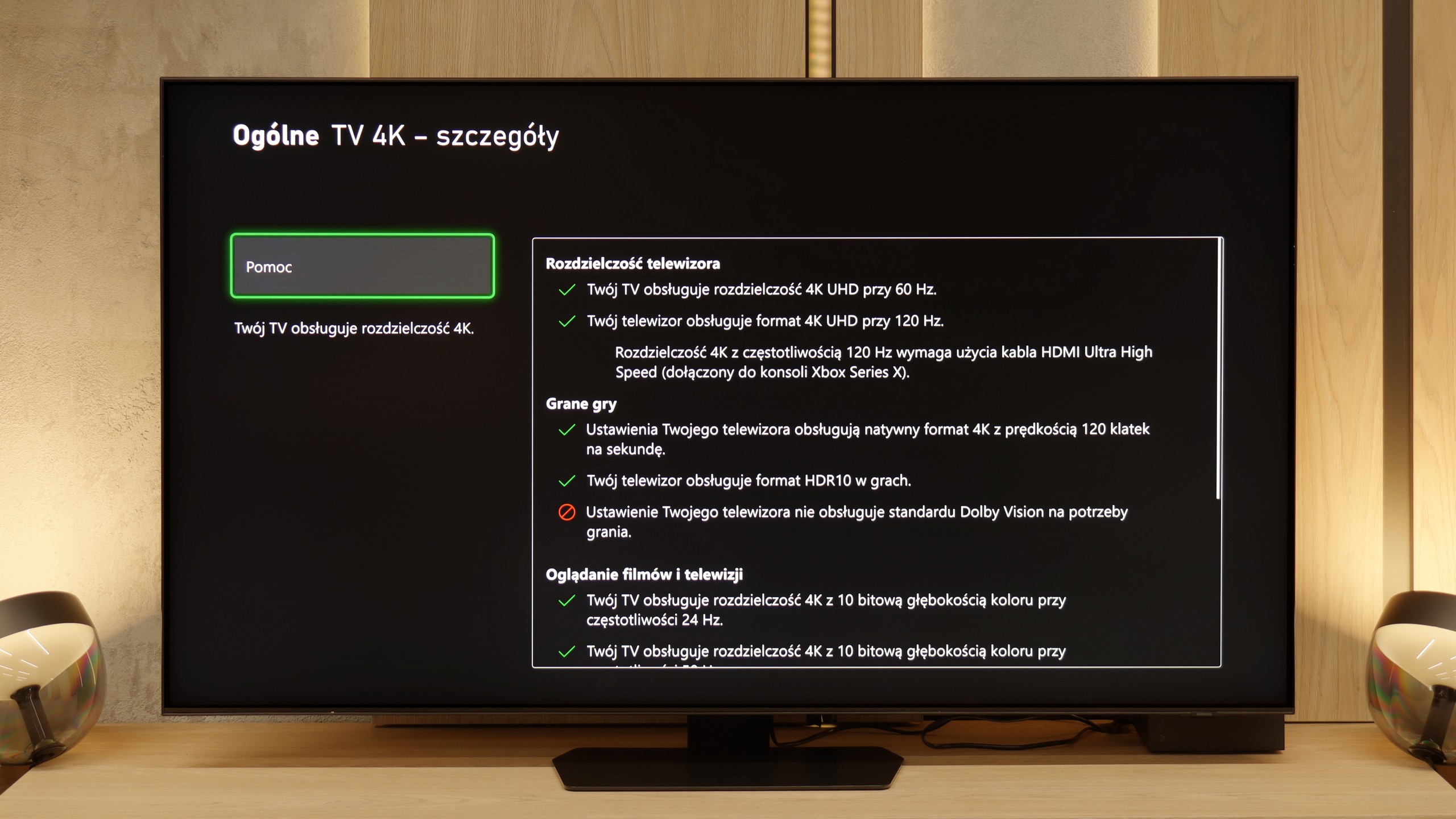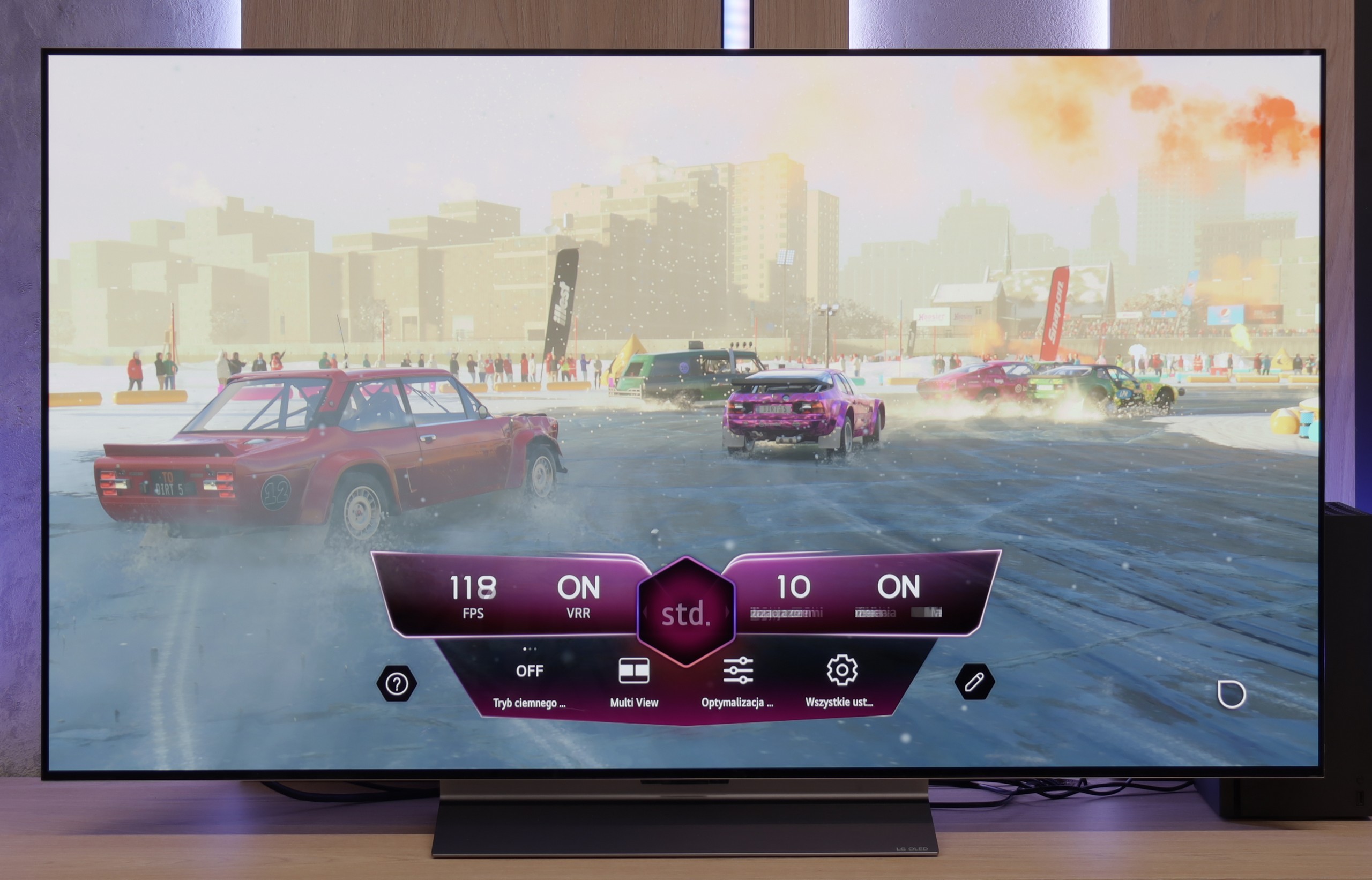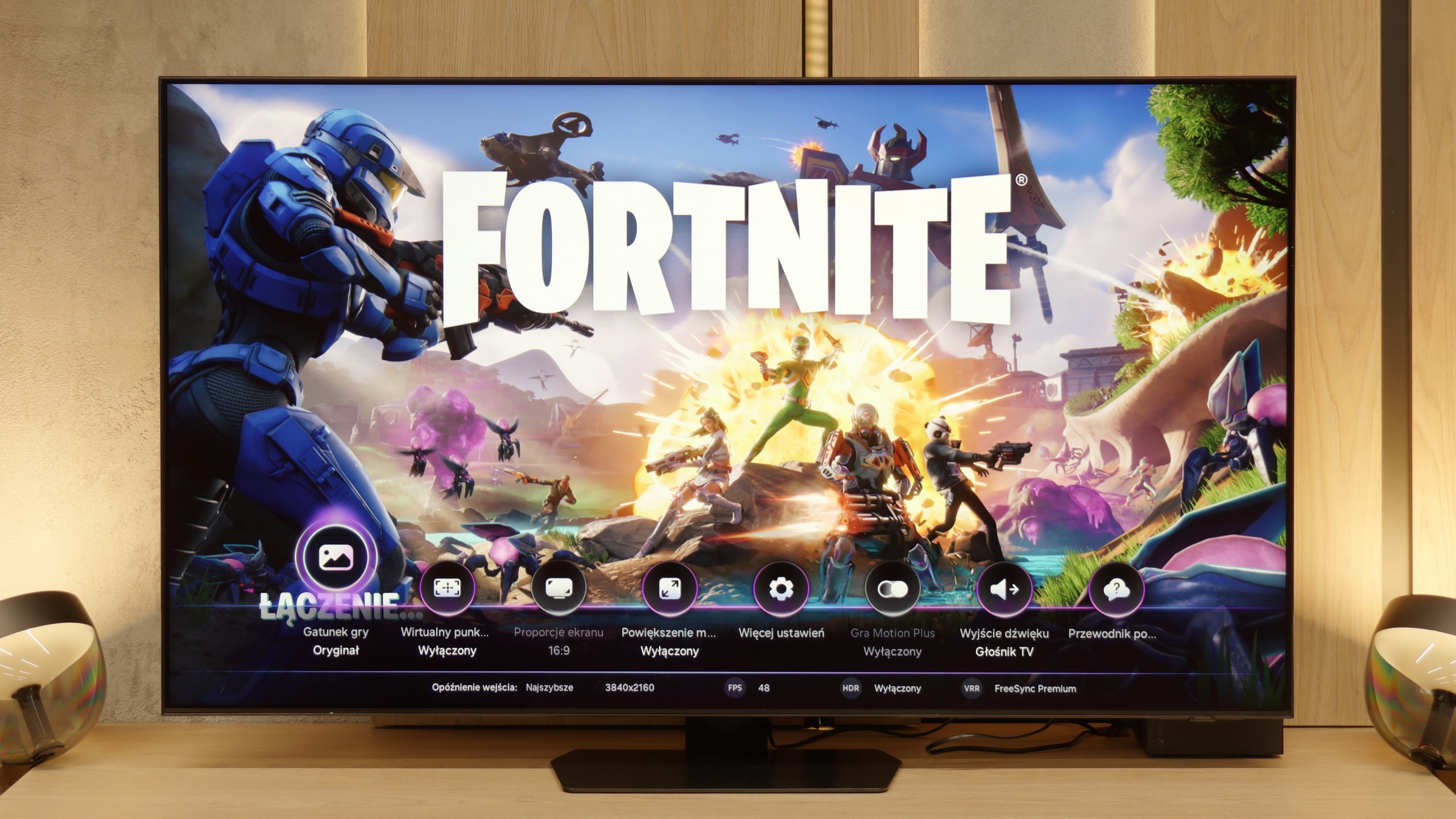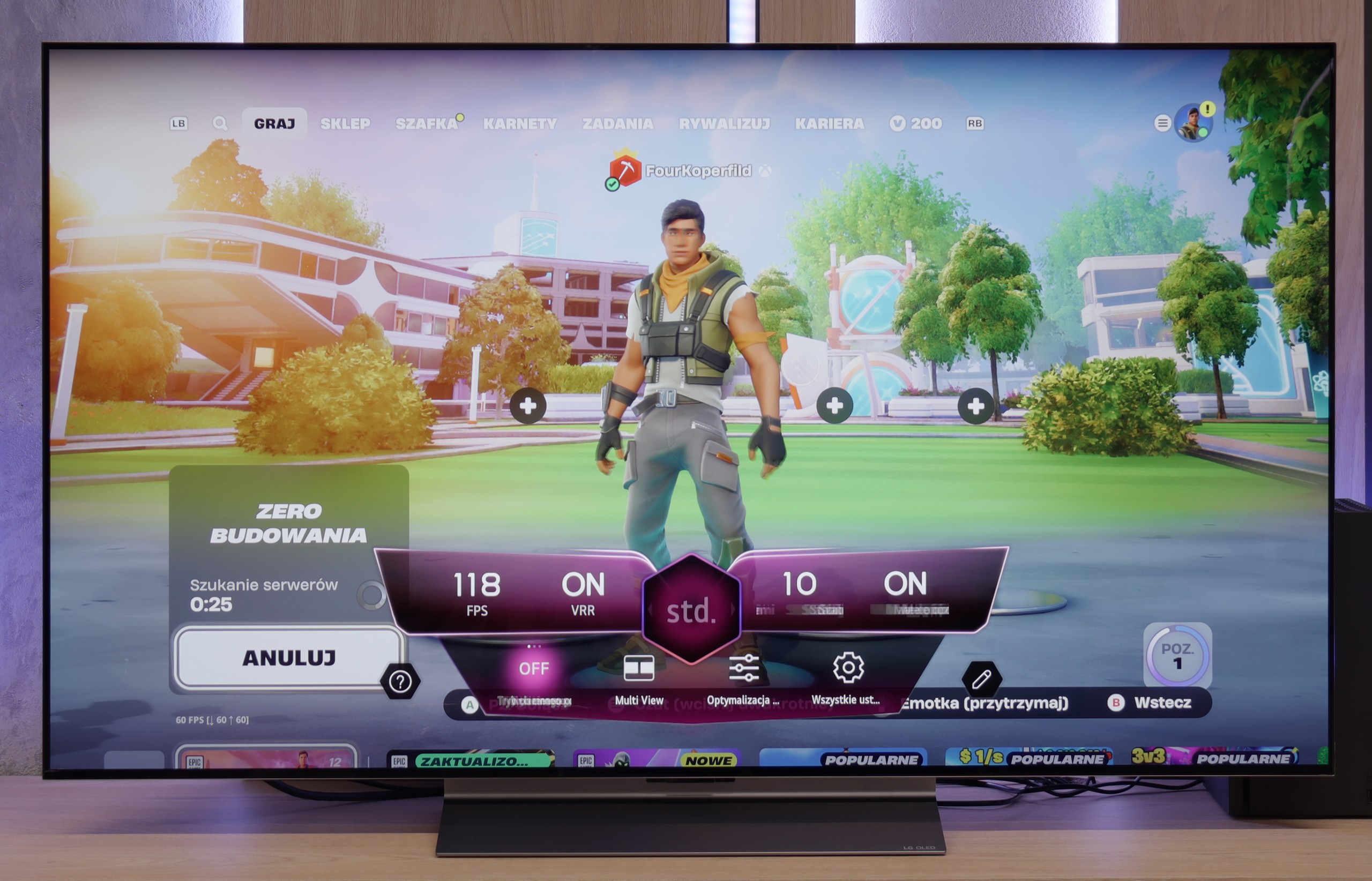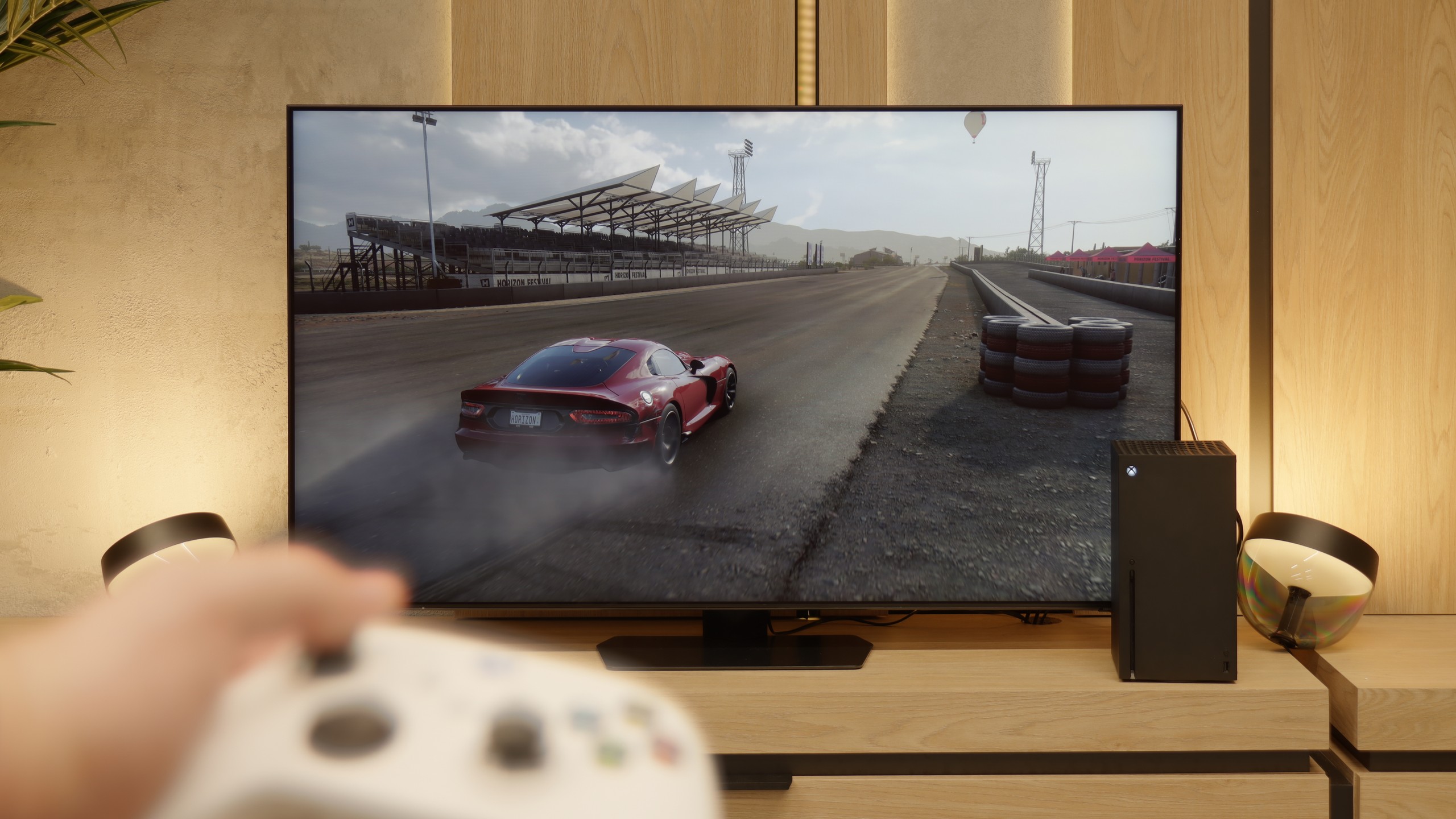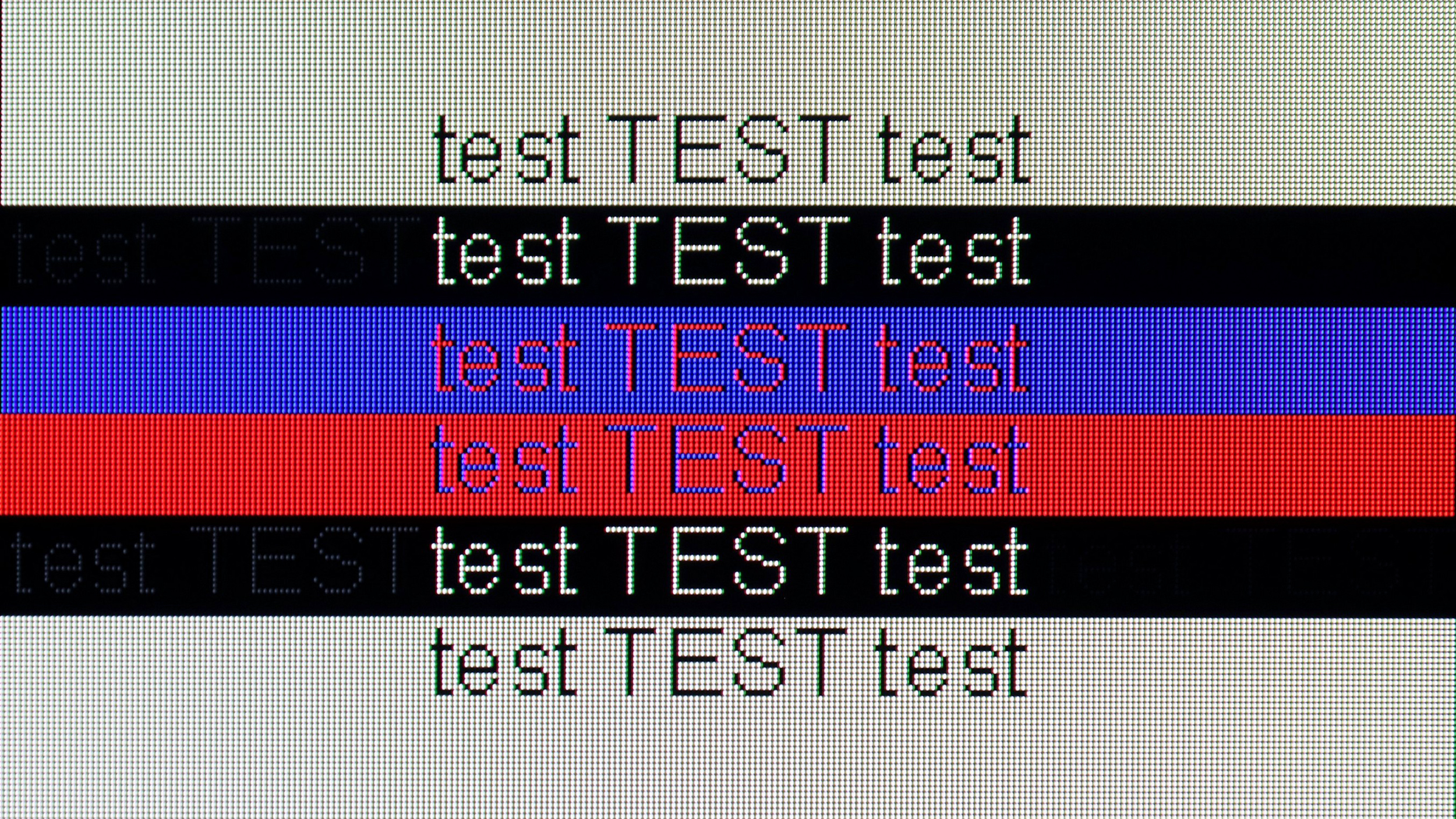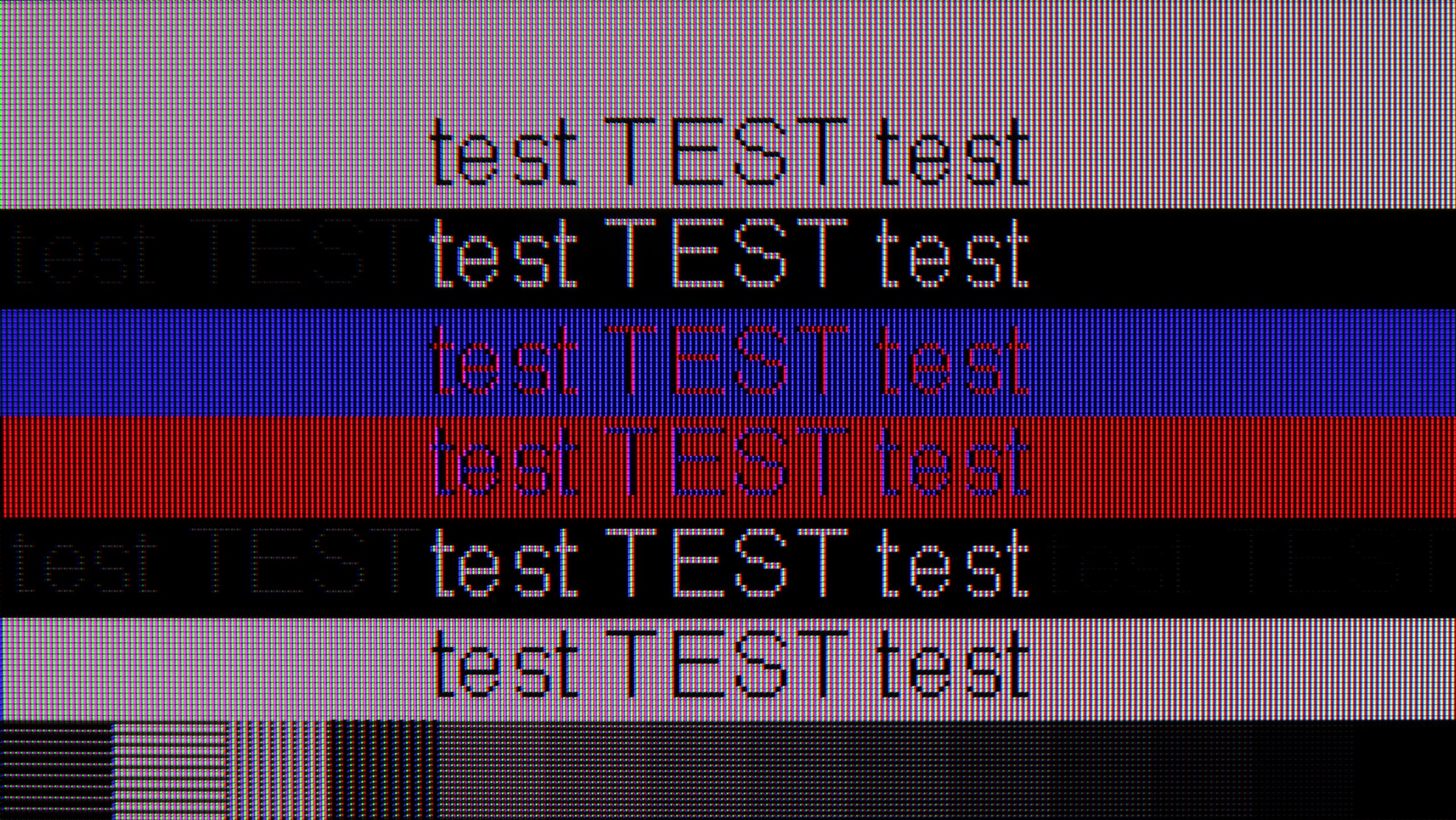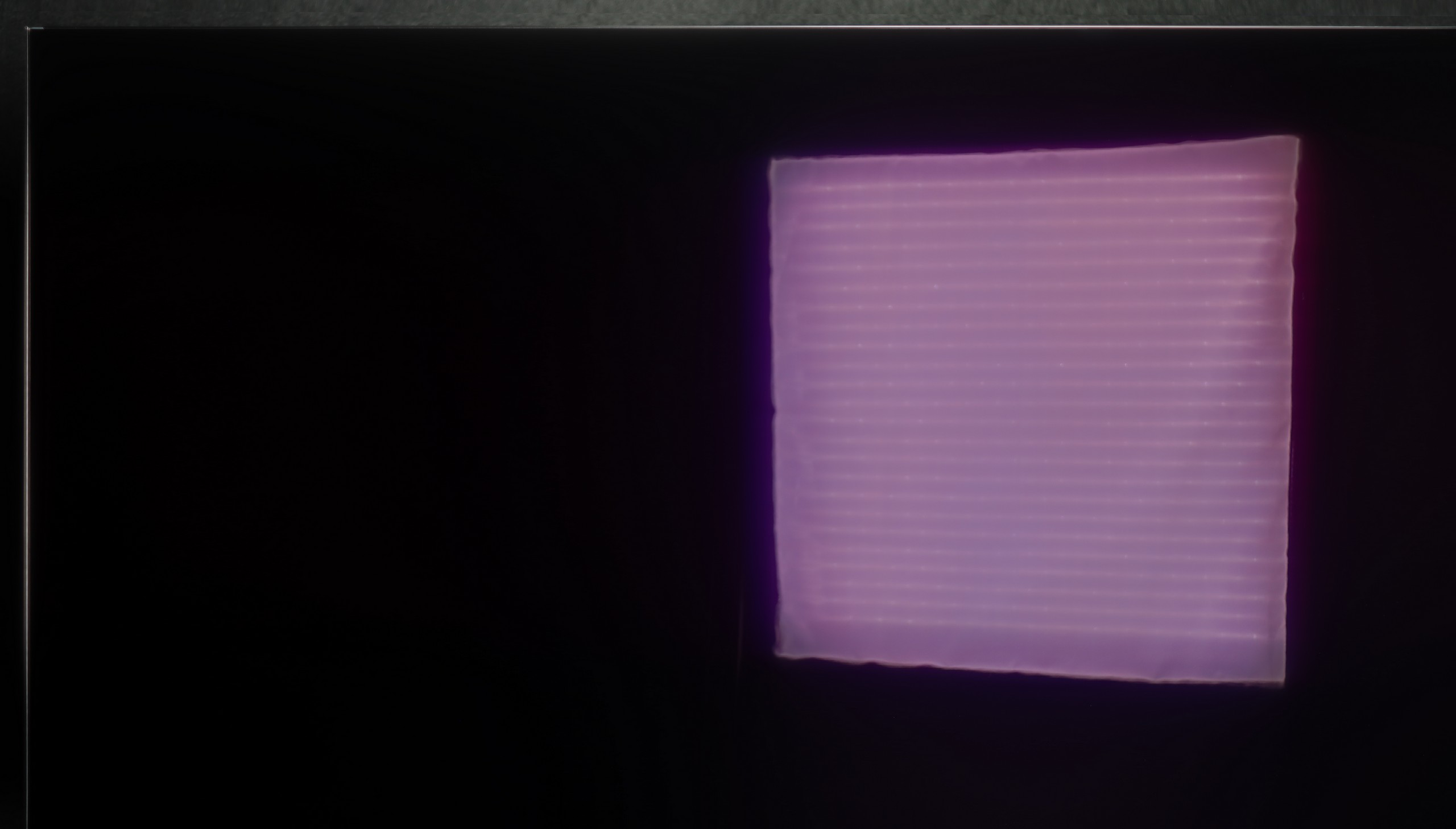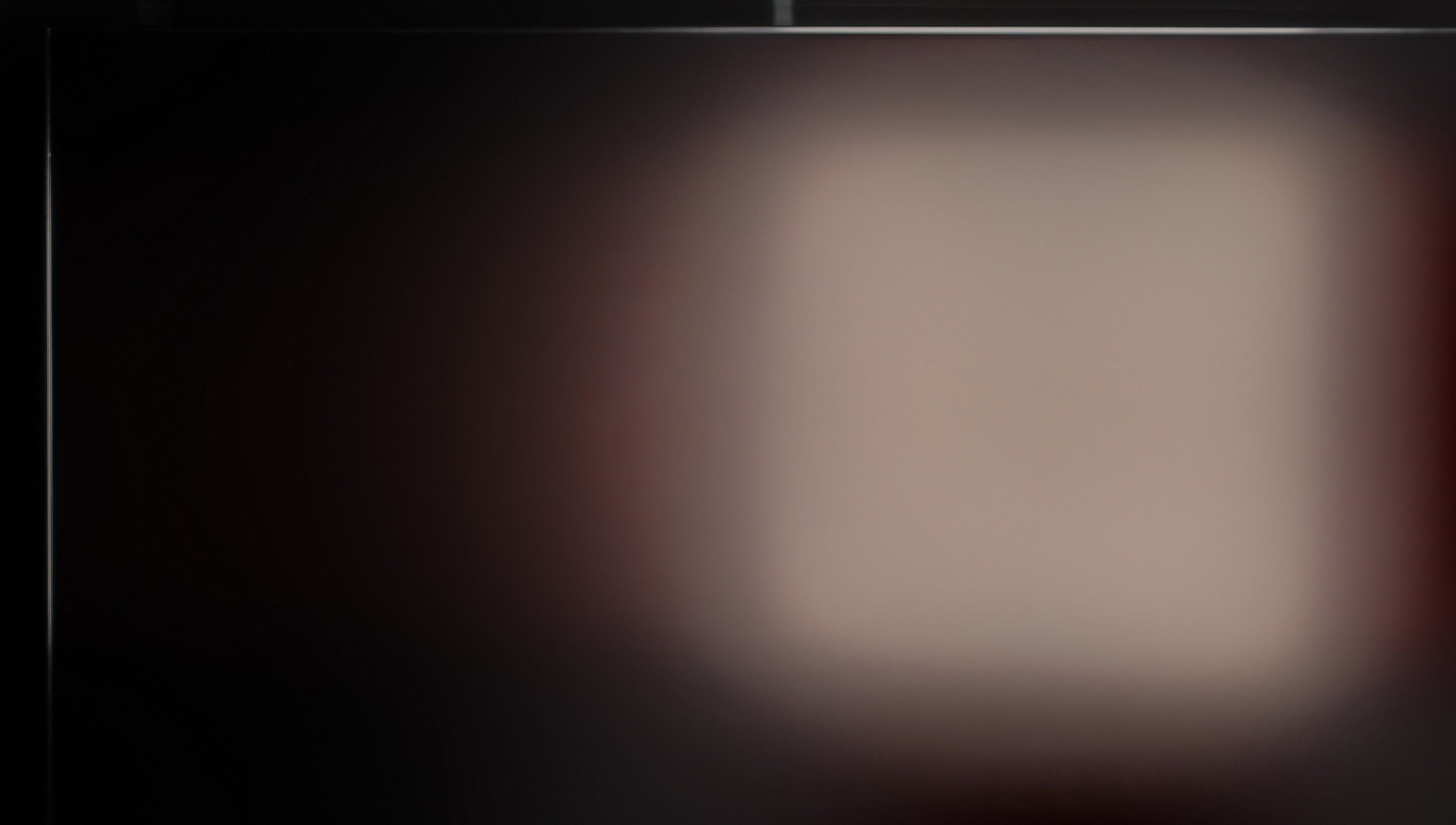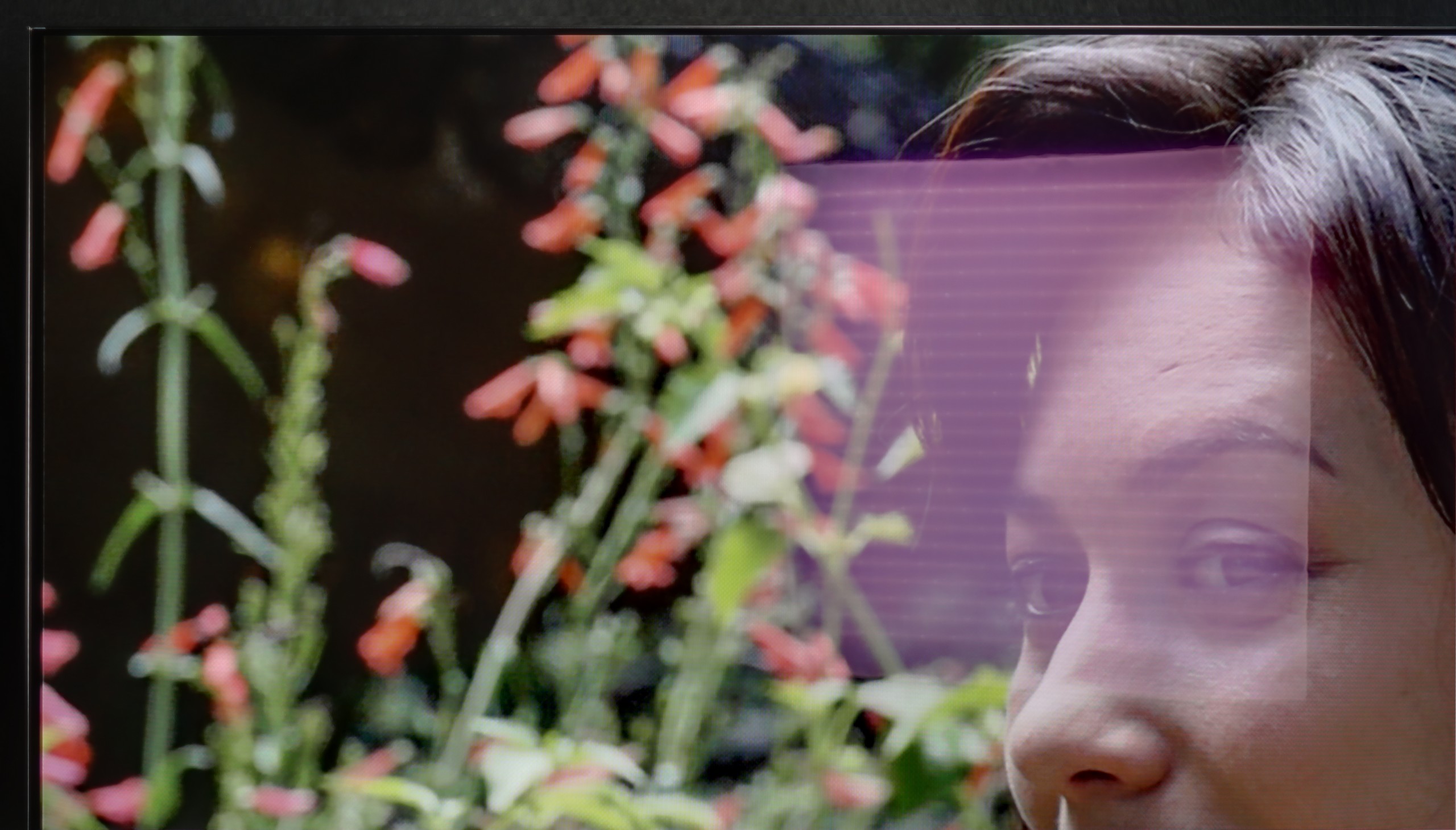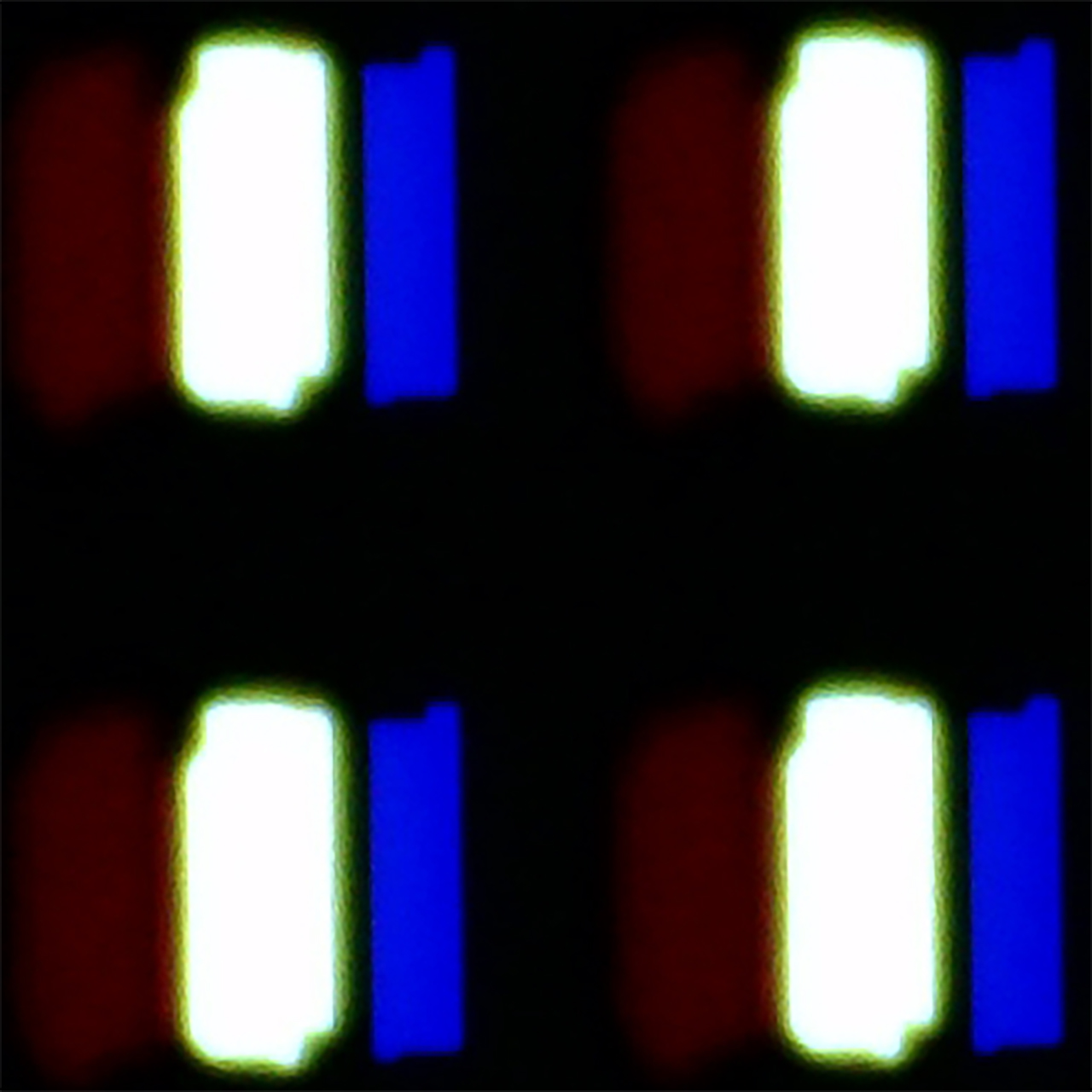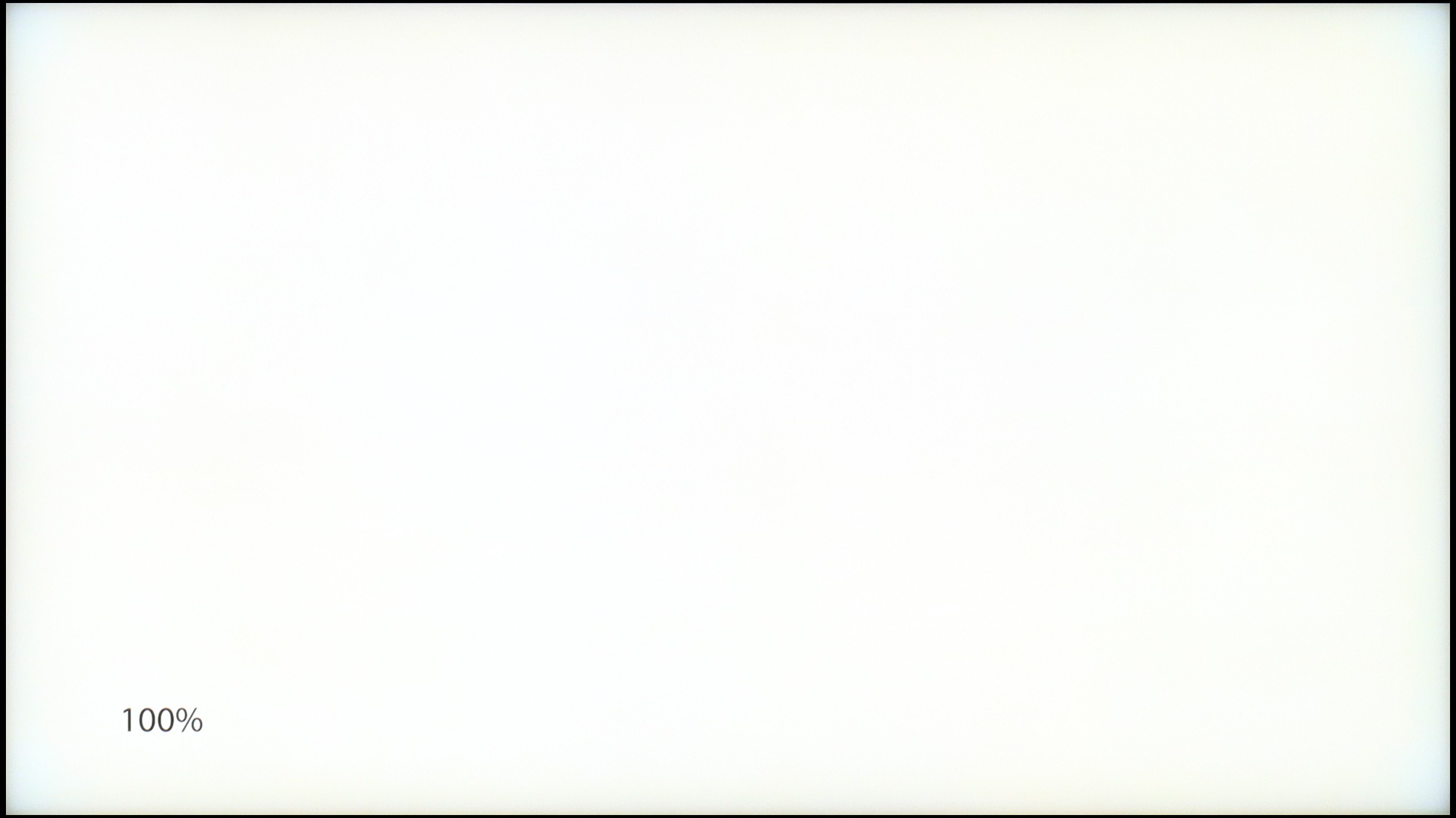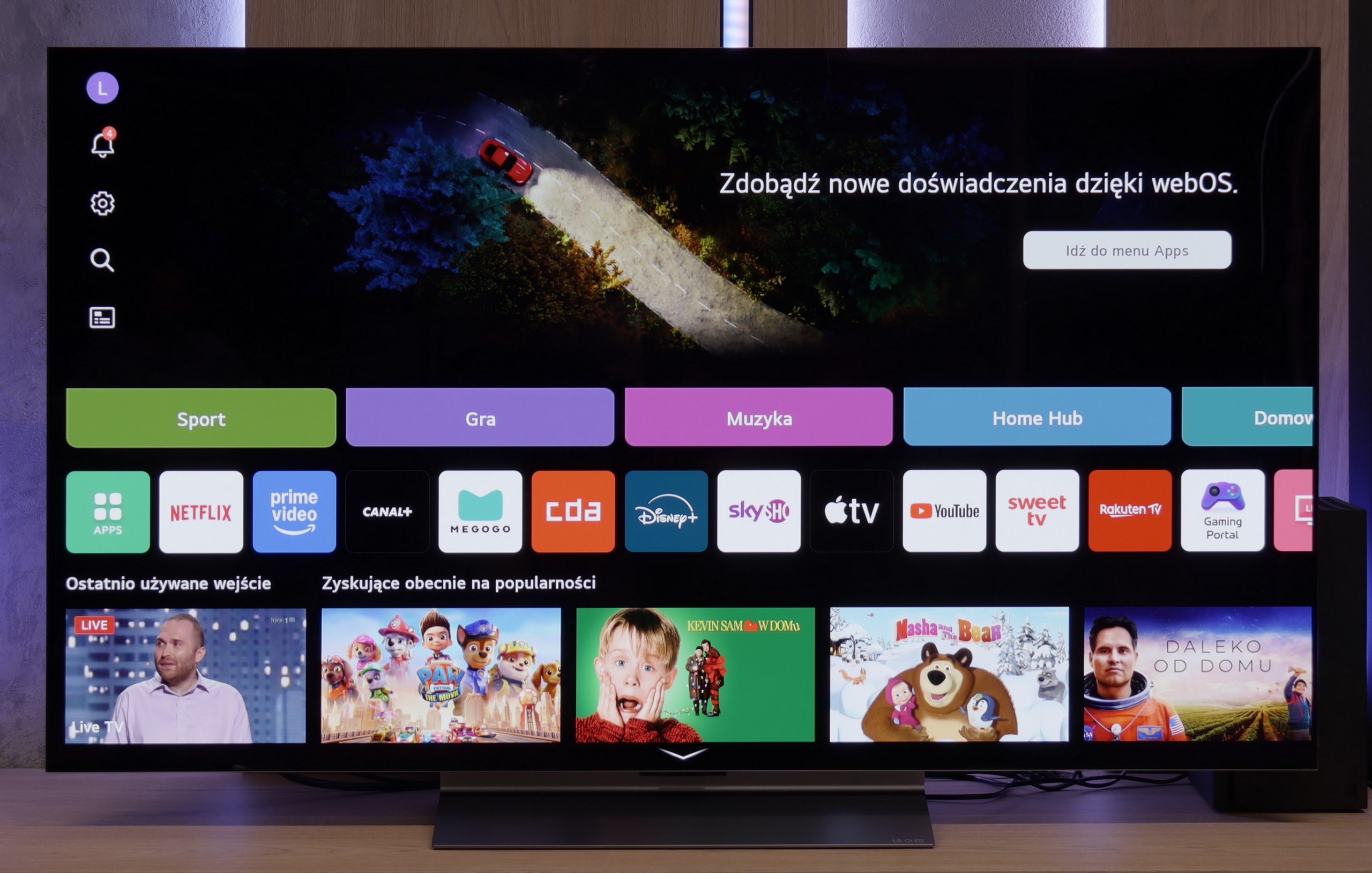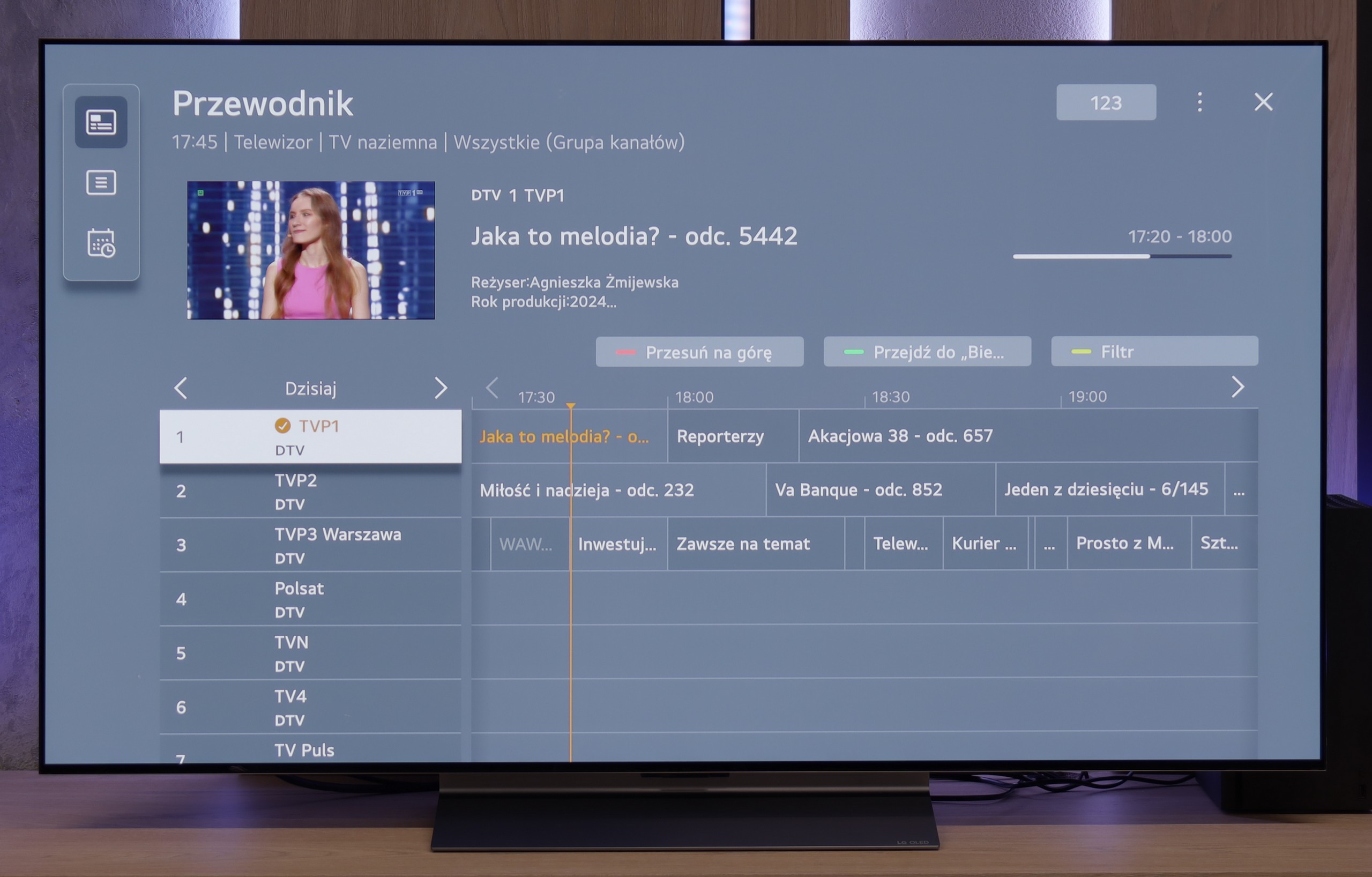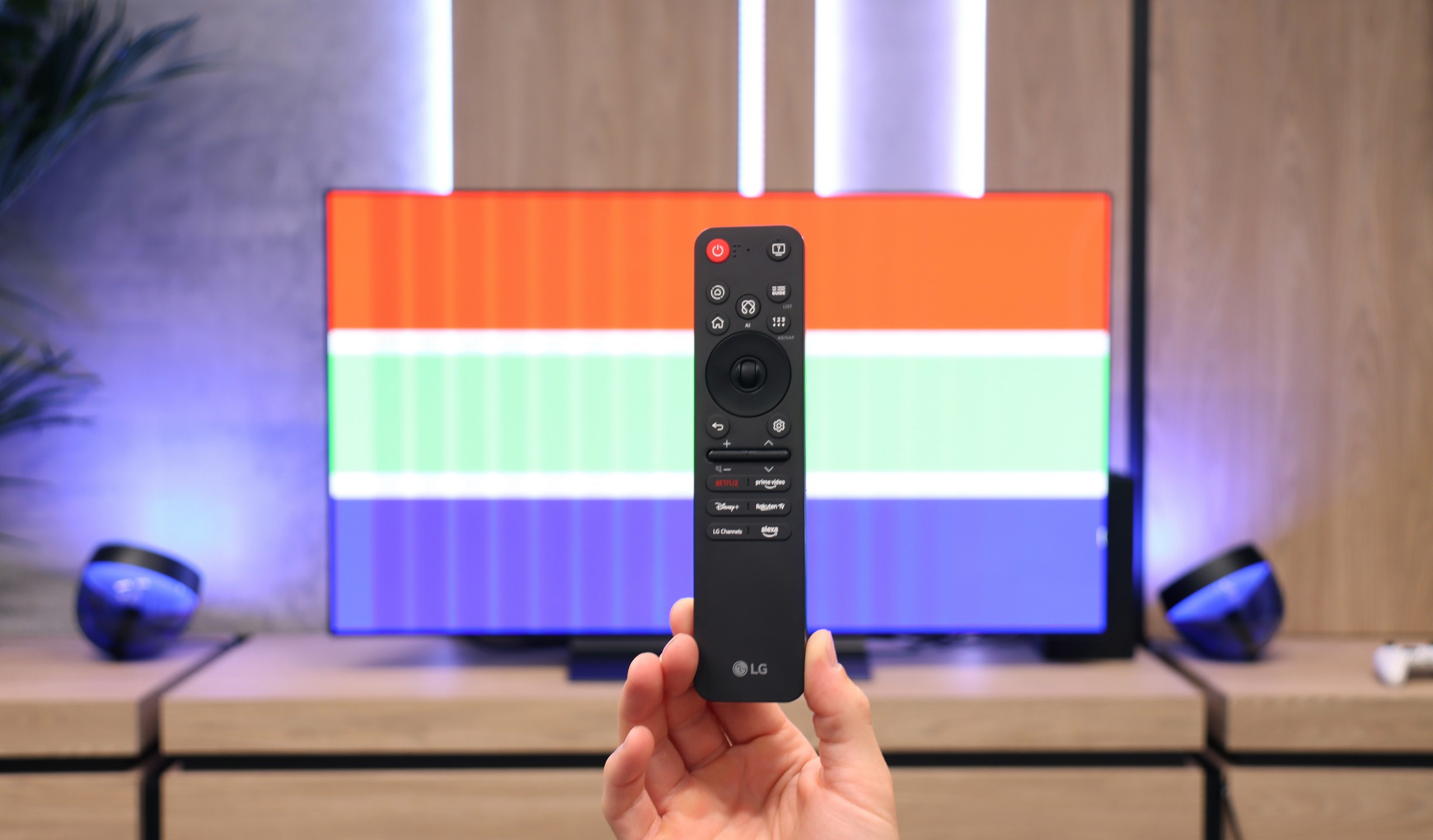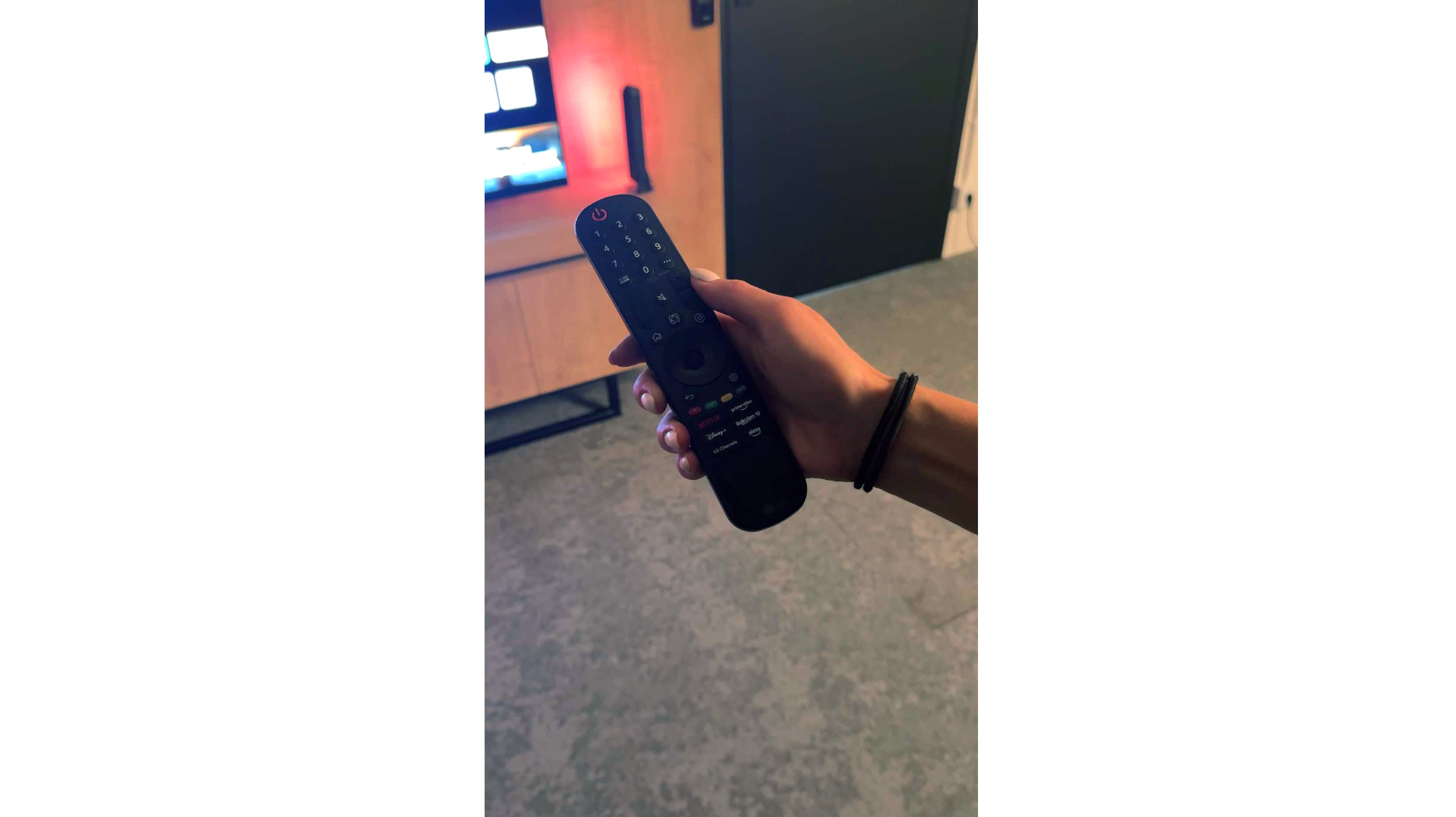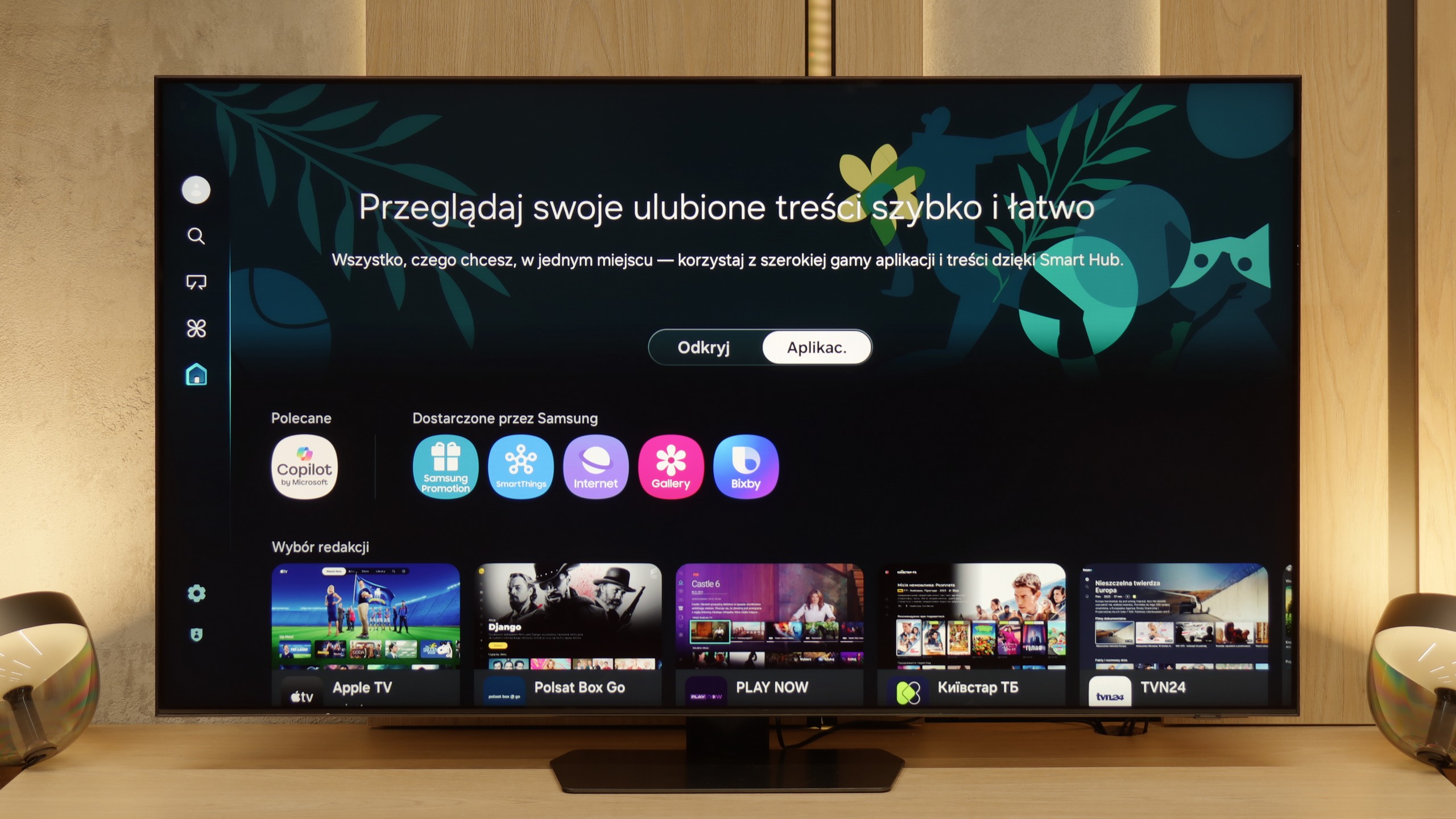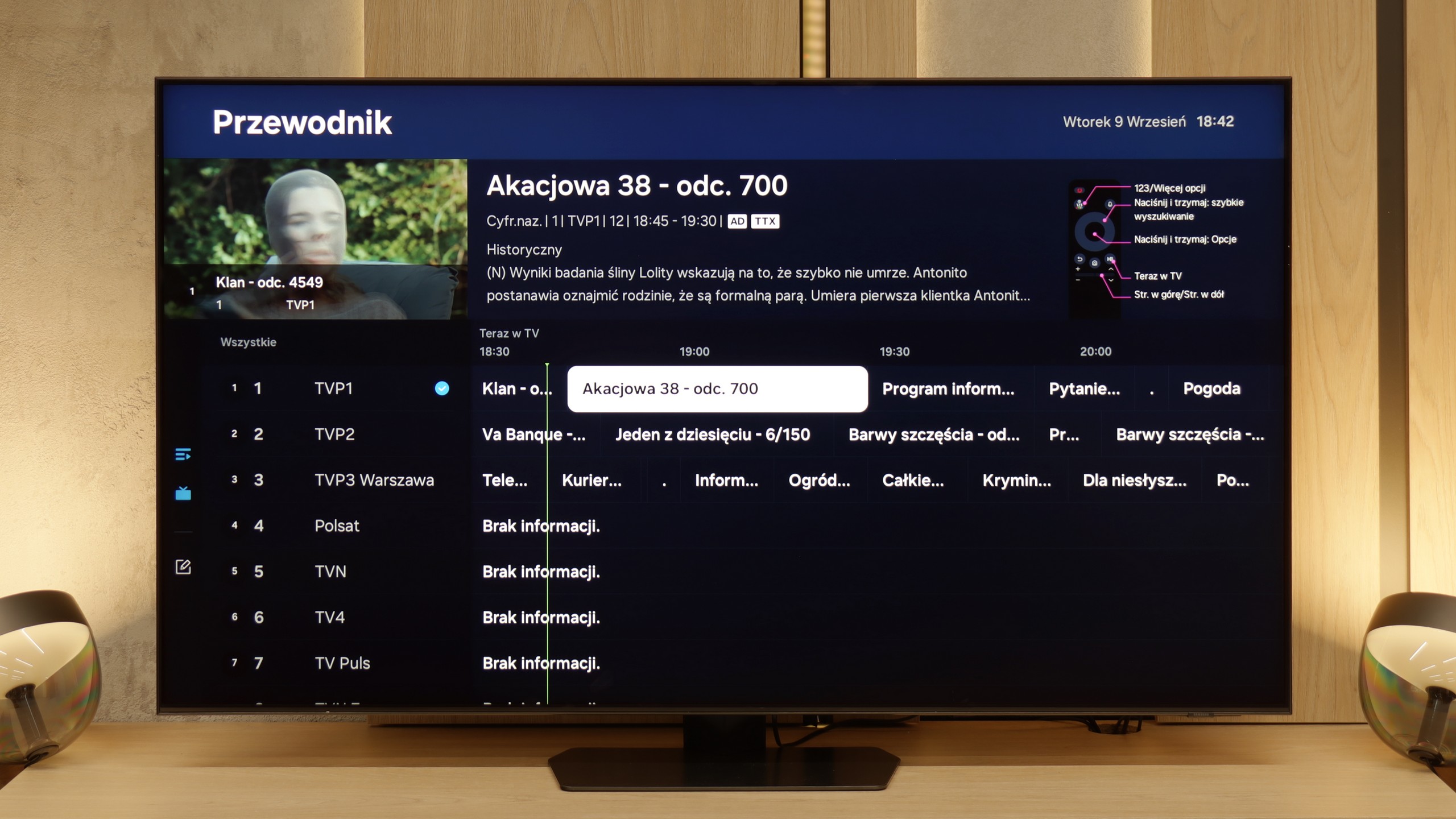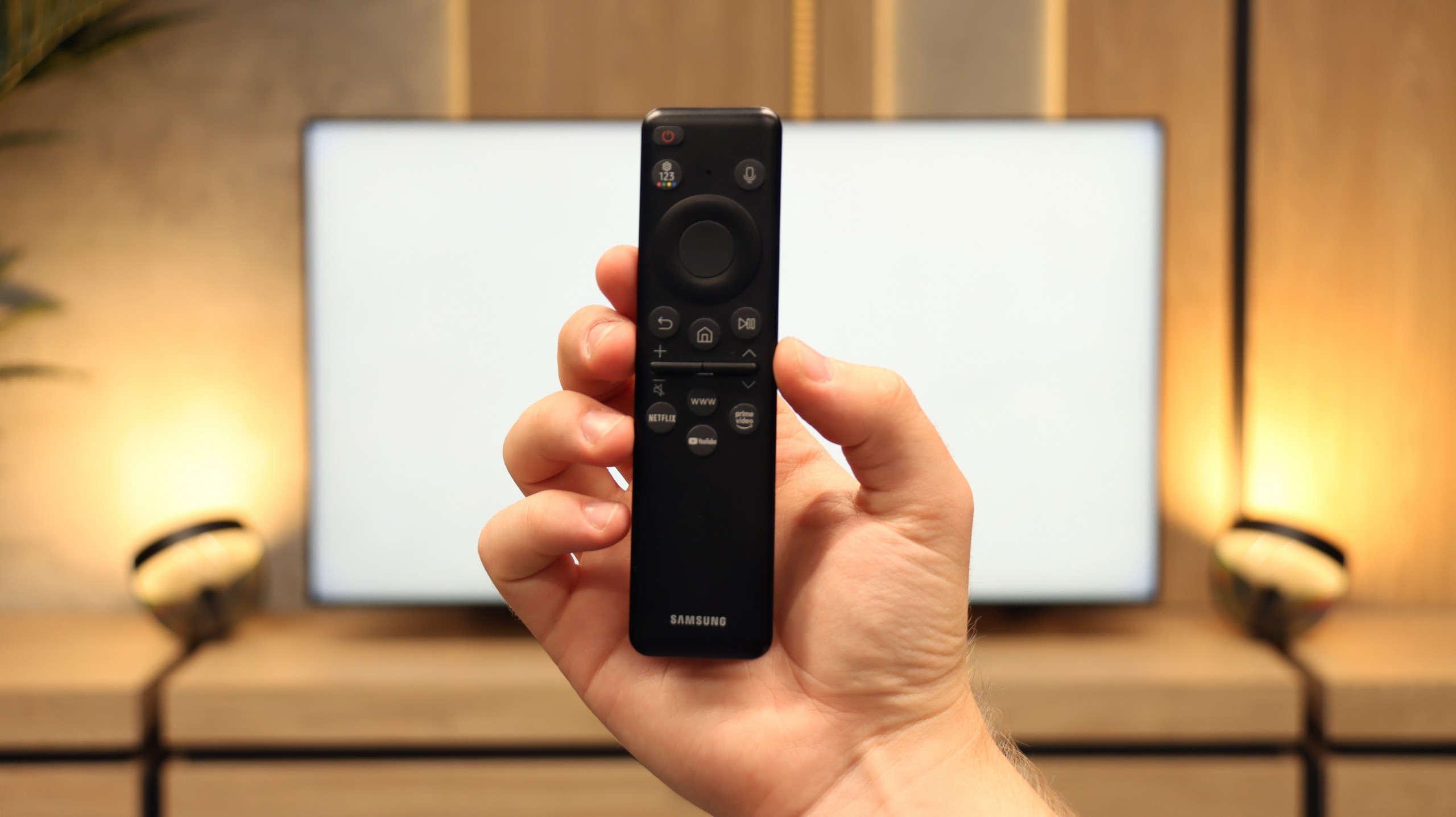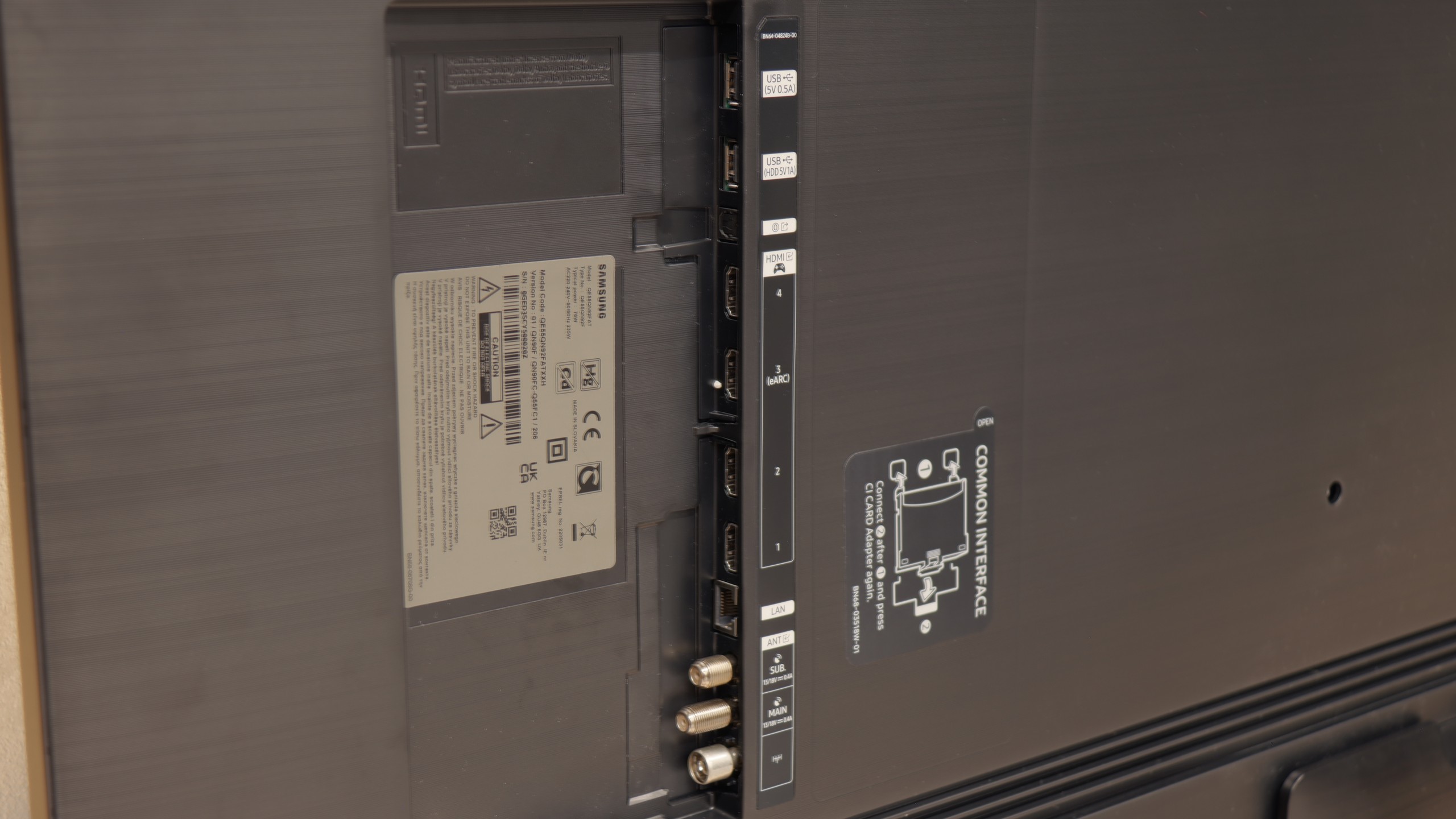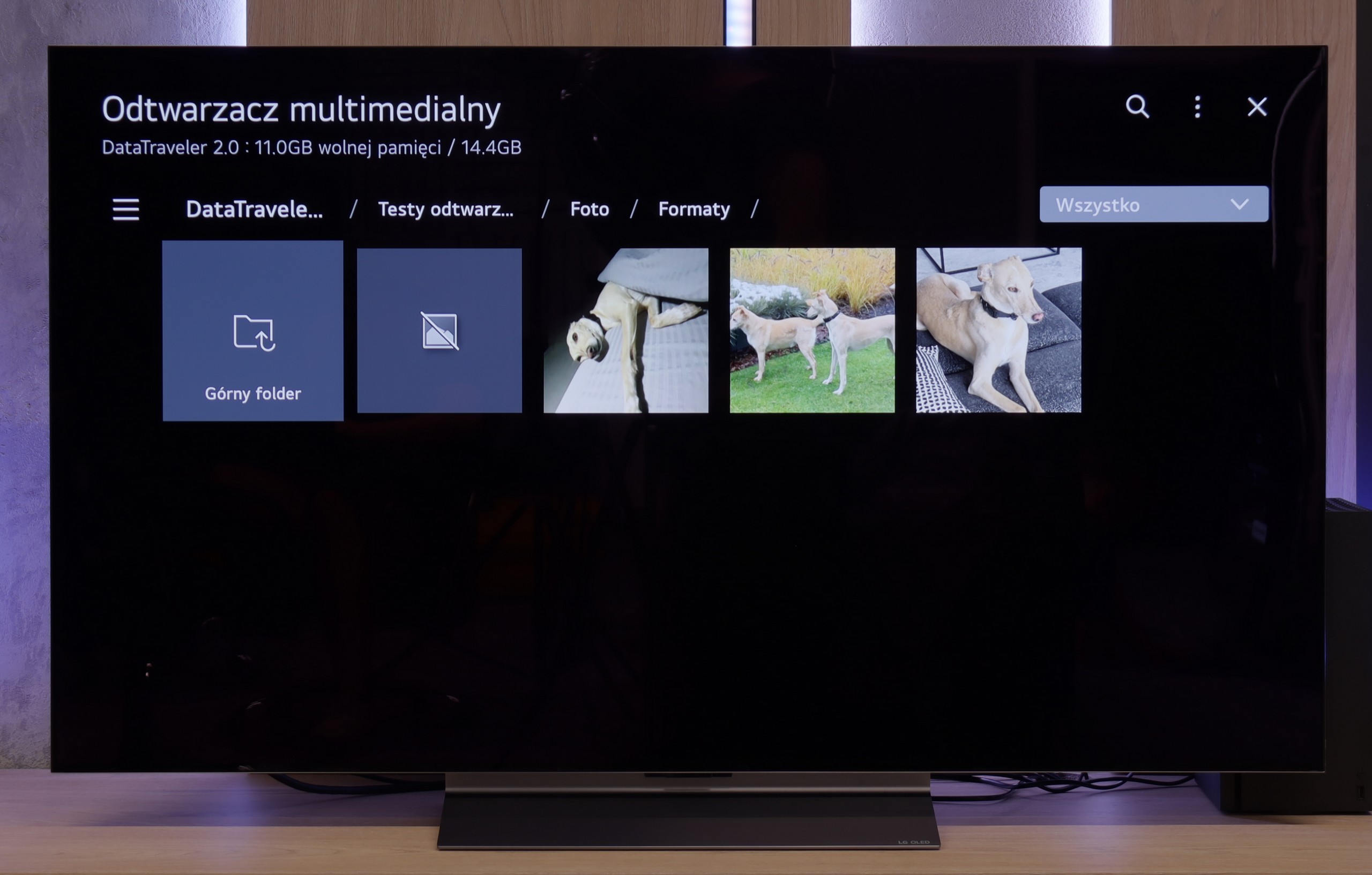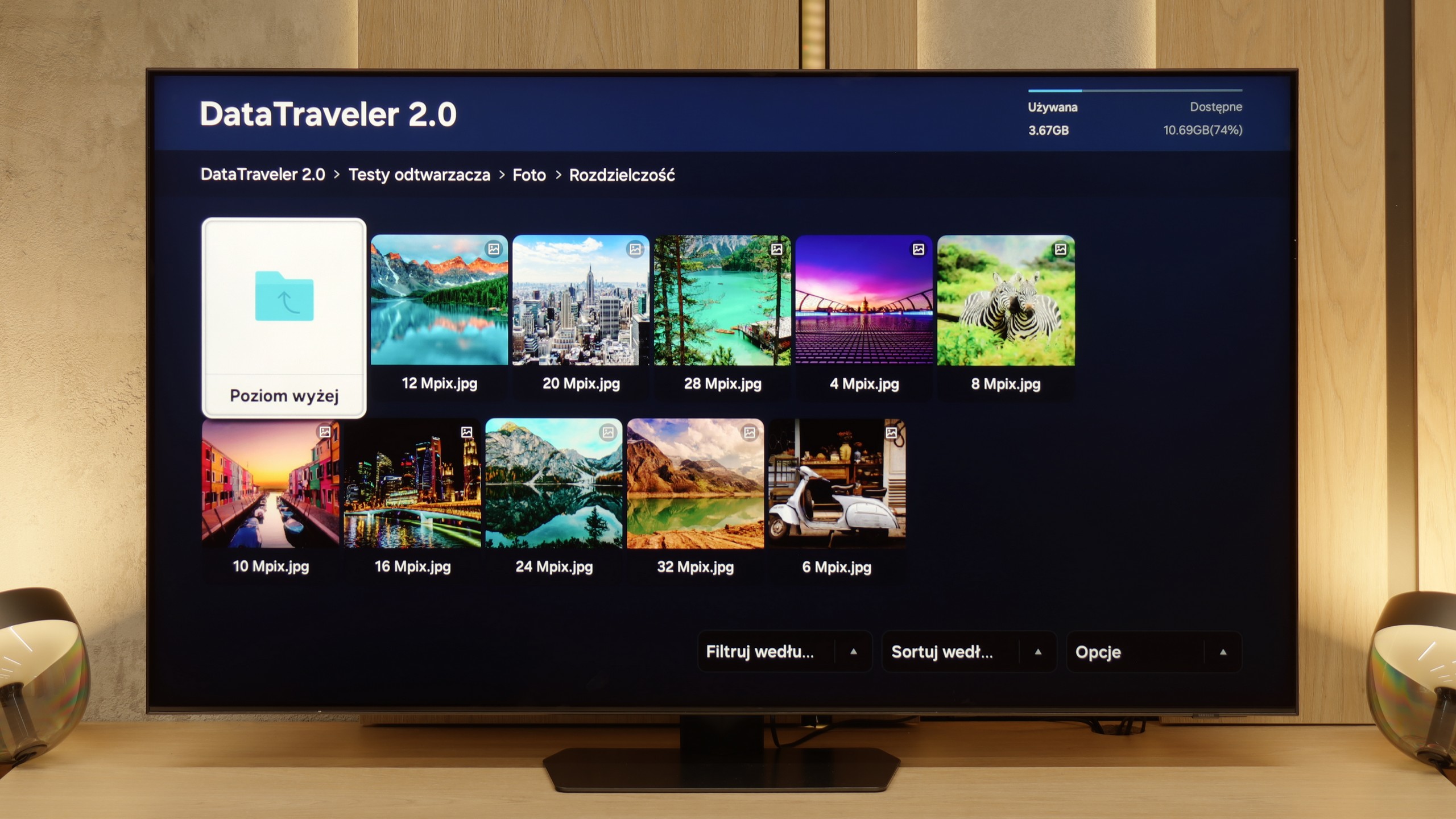Classic TV Features:
In terms of classic television features, the LG C5 performs really well. Here we have the option to record programs to USB from built-in DVB-T(2) tuners, support for teletext, an EPG program list, as well as seamless pairing of headphones via Bluetooth. For many users, these are still very important elements of daily TV usage – and here LG does not lack anything except for the PIP function. It's worth noting the topic of the remote control, or rather... different versions of the remote. In our test, we used the C54 model, which came equipped with a new version of the Magic remote. It somewhat resembles Samsung's minimalist approach – lacking a numeric keypad or a "source" button, but it looks modern and is convenient for everyday use. On the other hand, other variants like the C5ELB may be sold with an older version of the remote – a more classic one, with a greater number of buttons and a numeric keypad. Some may consider it more practical, while others see it as outdated. In short: quite a bit of confusion, so it's worth checking the model suffix before purchasing.
Smart TV:
Regardless of the version of the remote, we operate the same system – WebOS. This is one of the most pleasant solutions in the world of Smart TV. The intuitive menu, fast performance, and support for popular features like AirPlay, screen mirroring, or voice assistant make the system very effective for daily use. Additionally, controlling the cursor using the gyroscope in the Magic remote remains one of the most convenient forms of navigation in televisions. There are really a lot of applications available – Netflix, Disney+, HBO Max, Apple TV, and many others. However, one must remember that this is not a system based on Android/Google TV, so it might happen that we simply won't find some less popular applications in the LG store.
Smart TV Features: Tizen
Samsung has been developing its Tizen system for years, and in the QN90F model, it is clear that it has reached a point where it is really hard to find fault. The system runs smoothly, responds quickly to commands, and does not lag with more demanding applications. If someone uses an iPhone – there is AirPlay and screen mirroring. If someone has an Android phone – there will be no problem either. Additionally, there is a voice assistant that understands commands in several languages, including Polish, so you can start a movie or change the channel without reaching for the remote. Interestingly, there is also integration with Microsoft's Coopilot and AI features, but SmartThings proves to be much more practical – thanks to it, the television can become the center of the home ecosystem, connecting not only Samsung devices but also, for example, Philips Hue light bulbs.
Classic Features
The QN90F can also function as a regular television. We can forget about recording to USB, but instead, we get PIP mode, or picture-in-picture – a function that is rarely seen today. Thanks to it, you can simultaneously follow a match and a series, which can save the evening in many households. Additionally, there is a clear EPG guide and a small remote that charges with light (so batteries are not needed) and can take control of the decoder, soundbar, or even a console. It may not be the most advanced on the market, but it proves to be simply convenient in everyday use.
